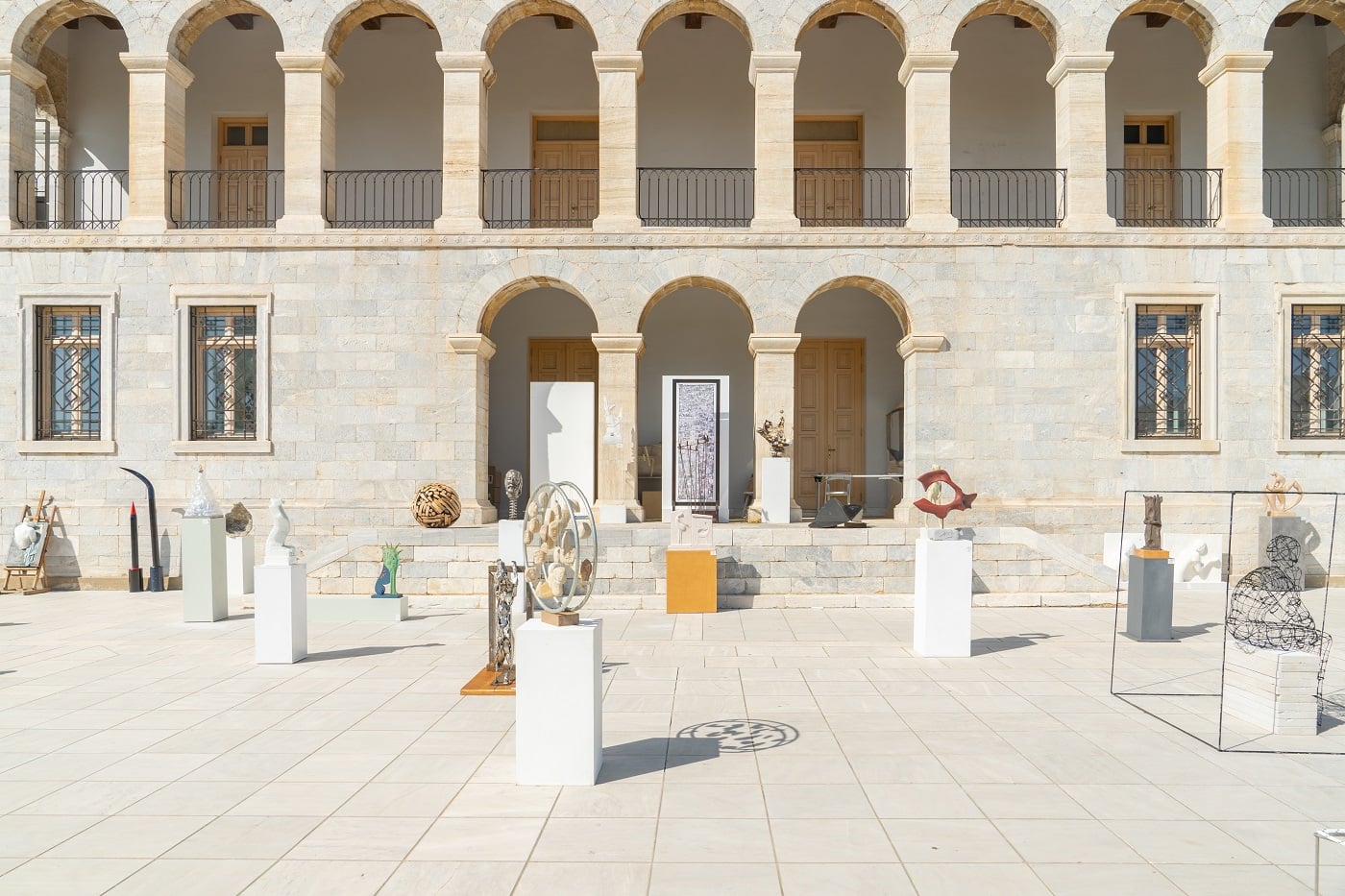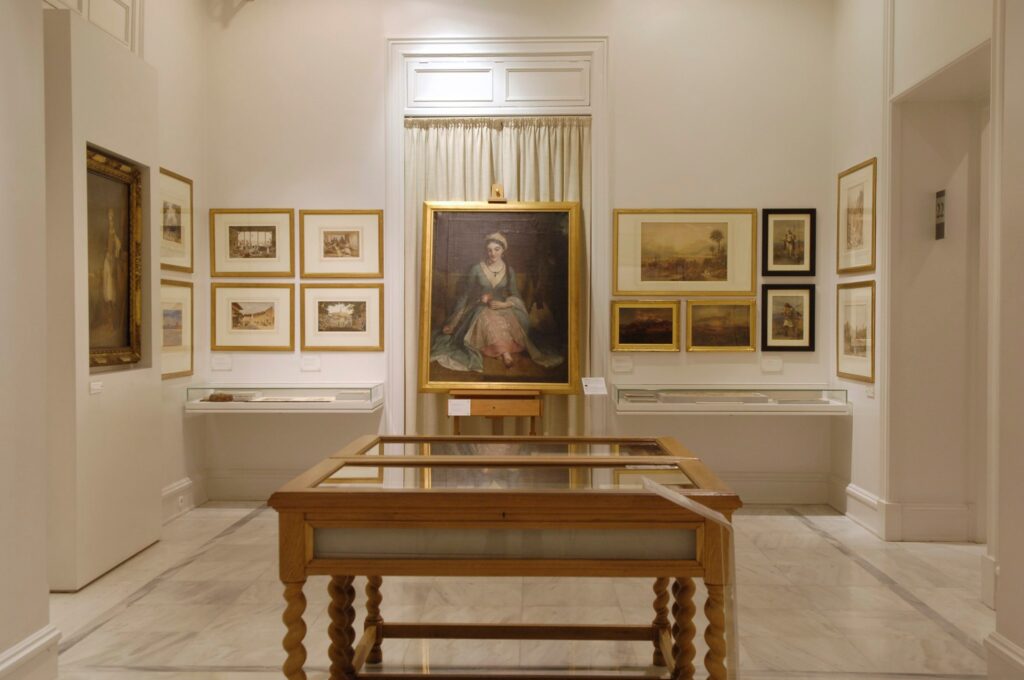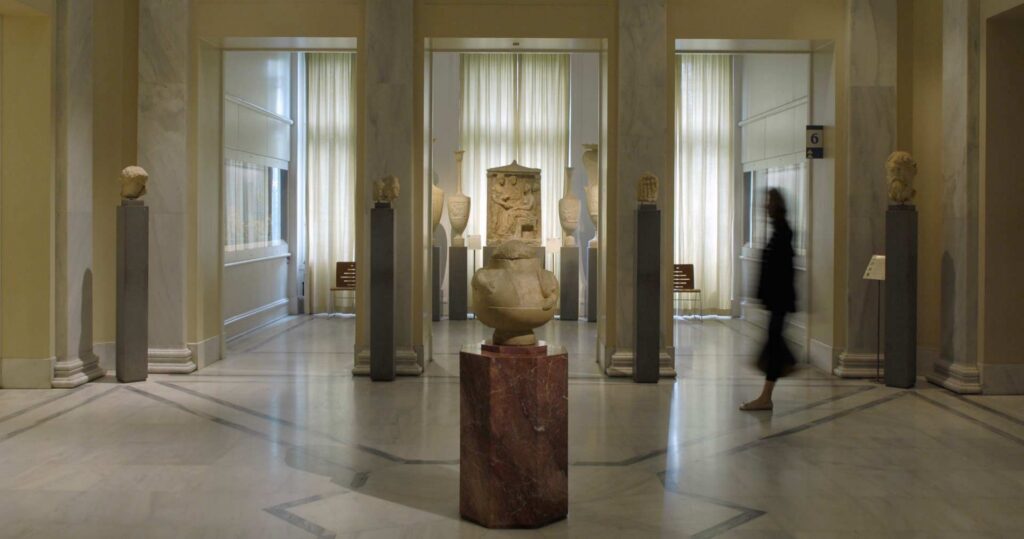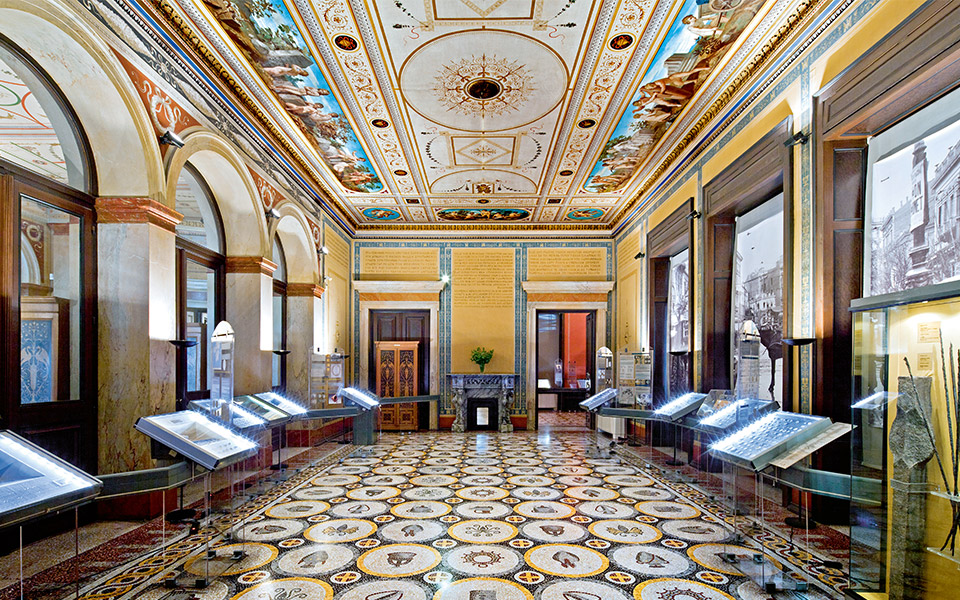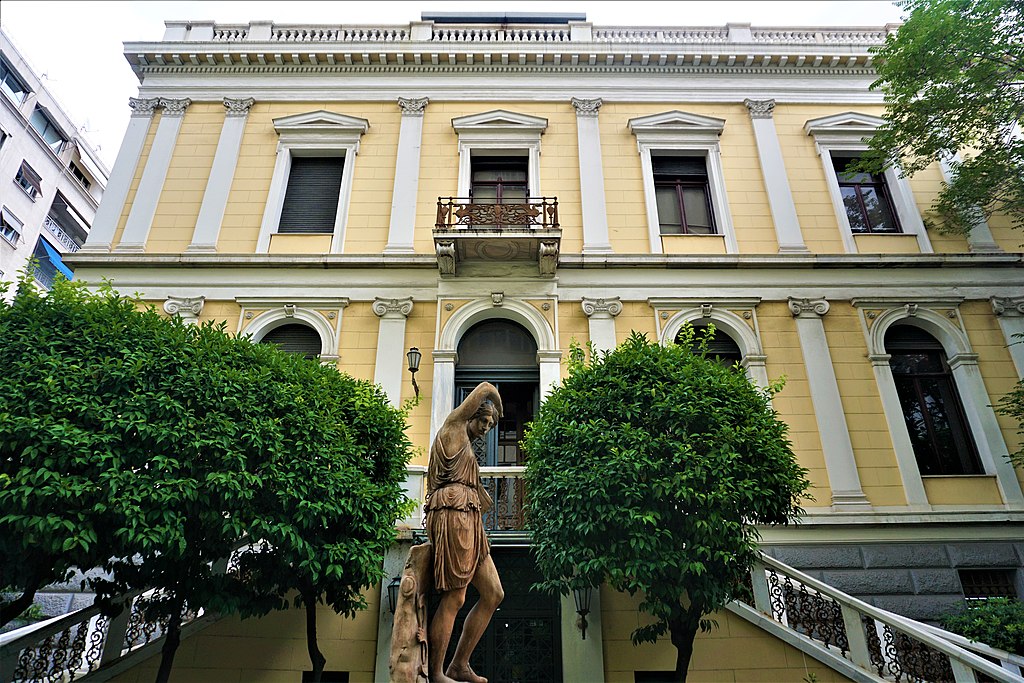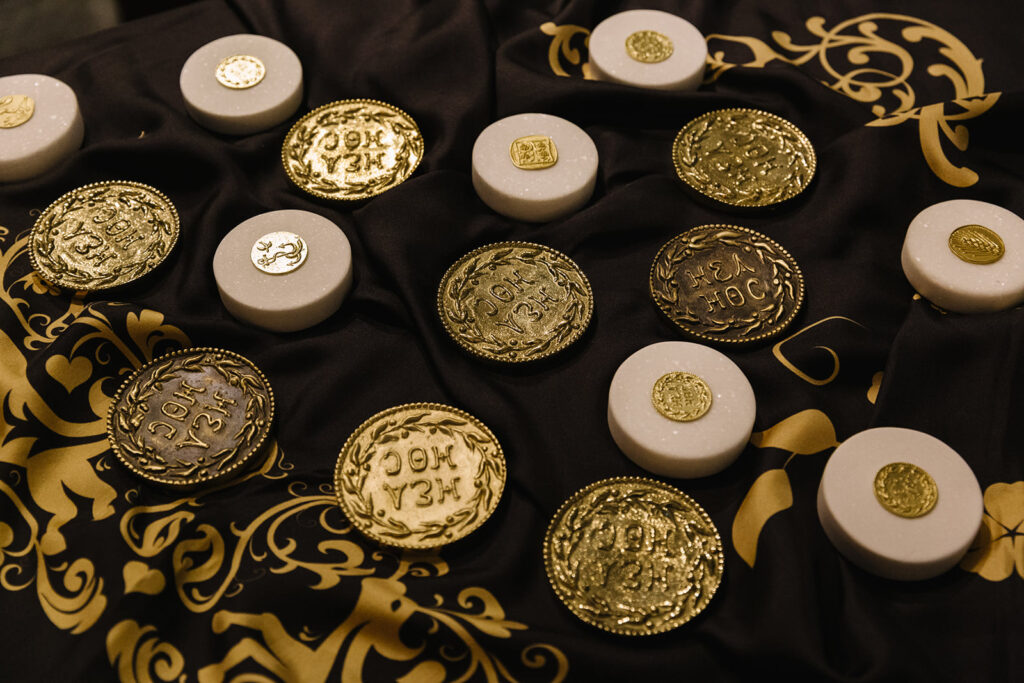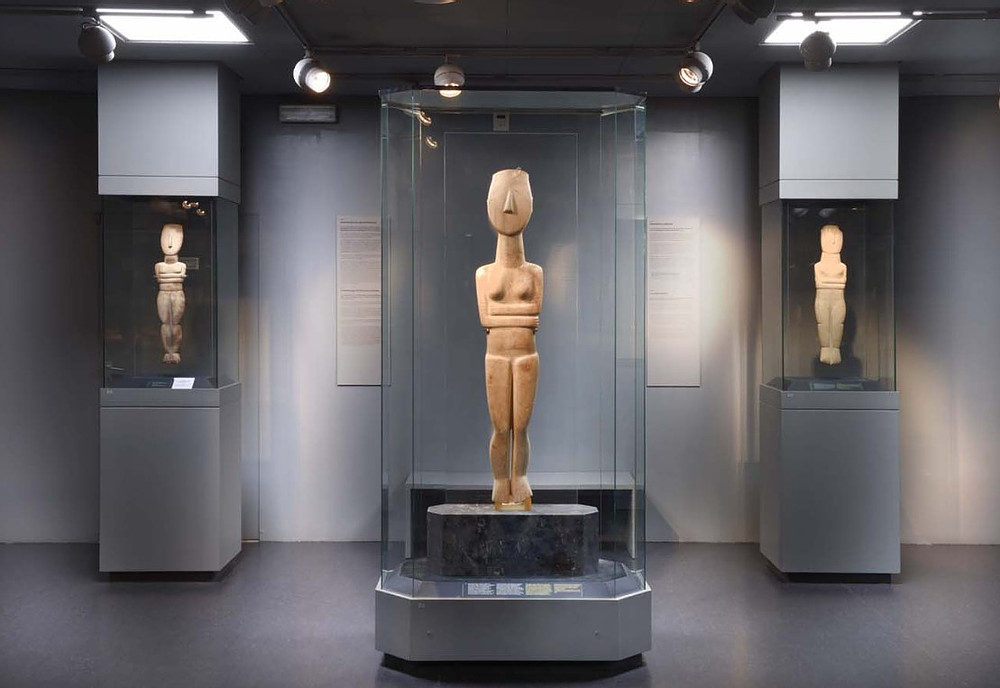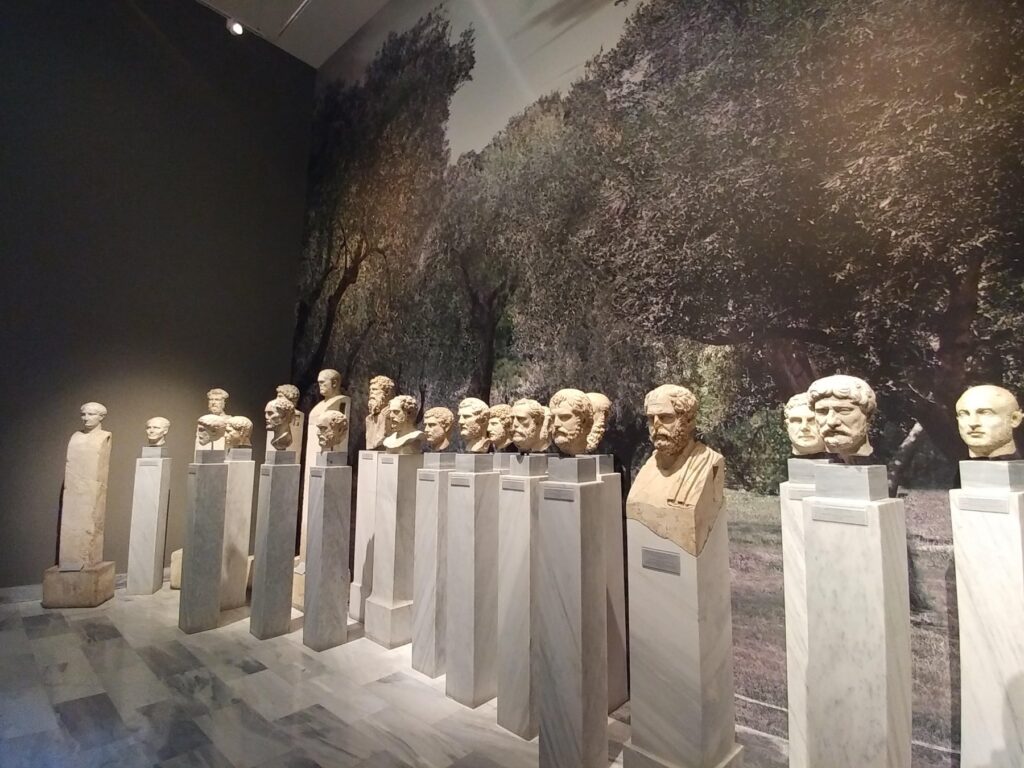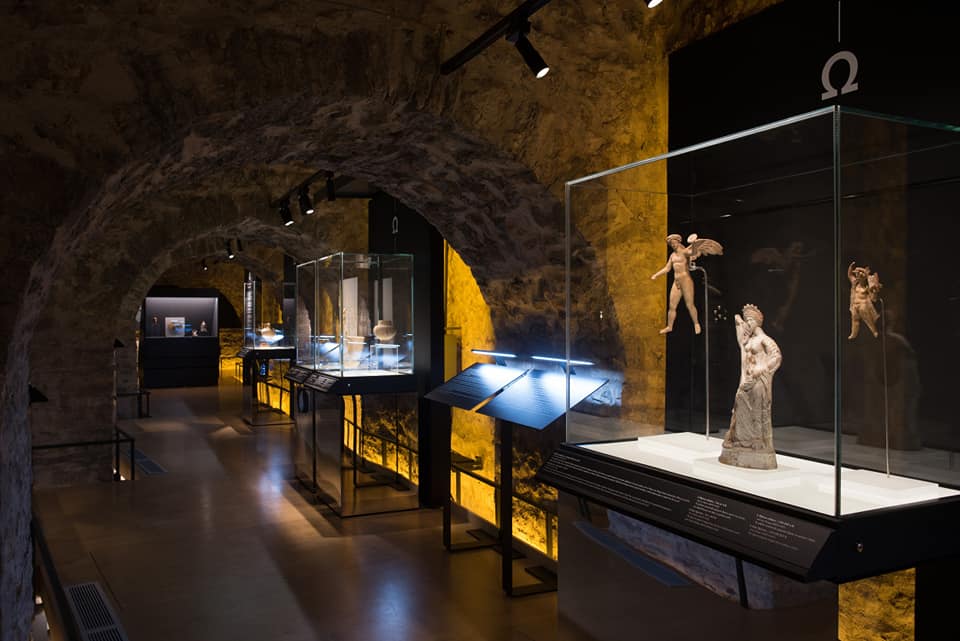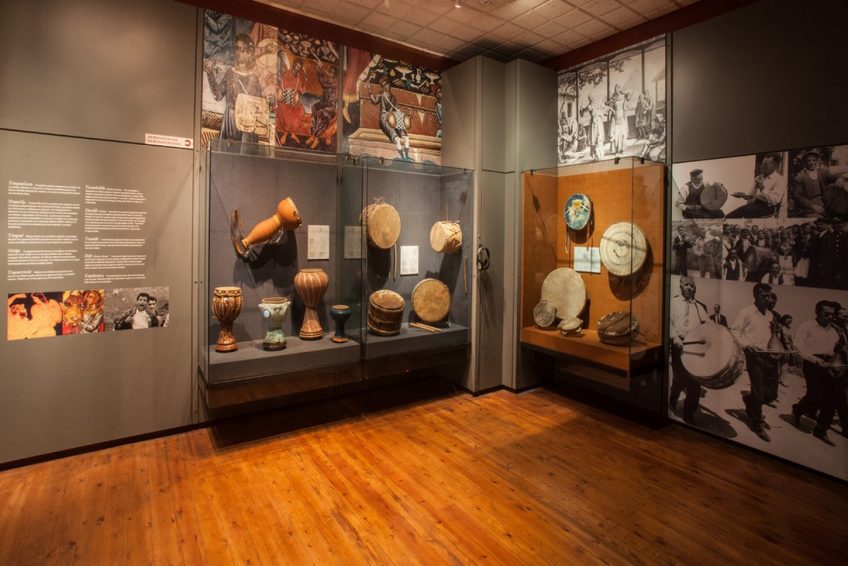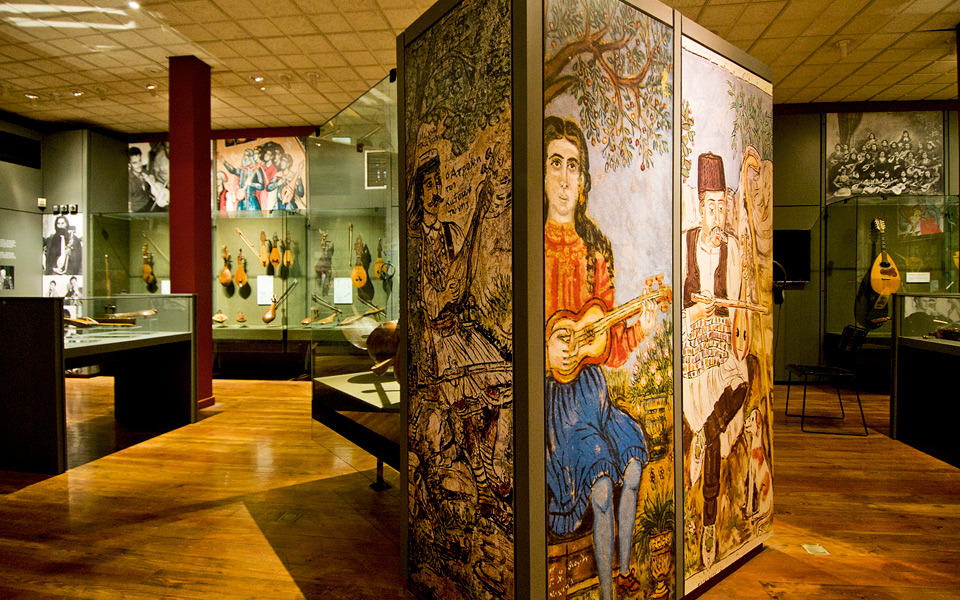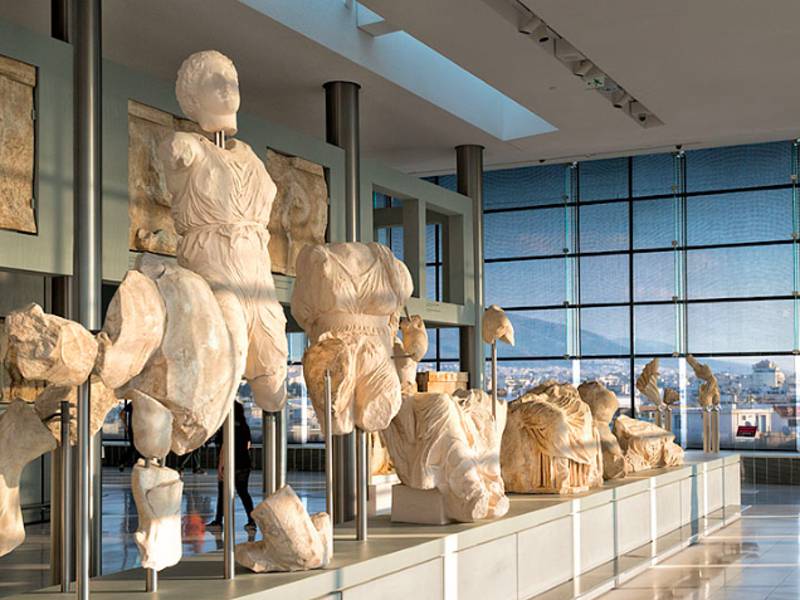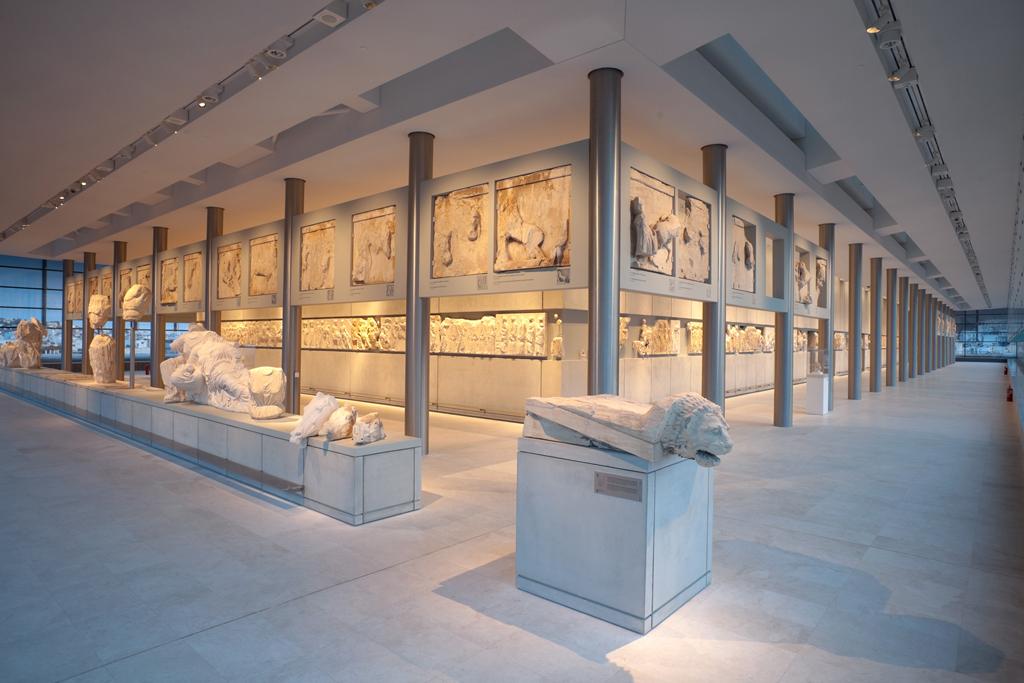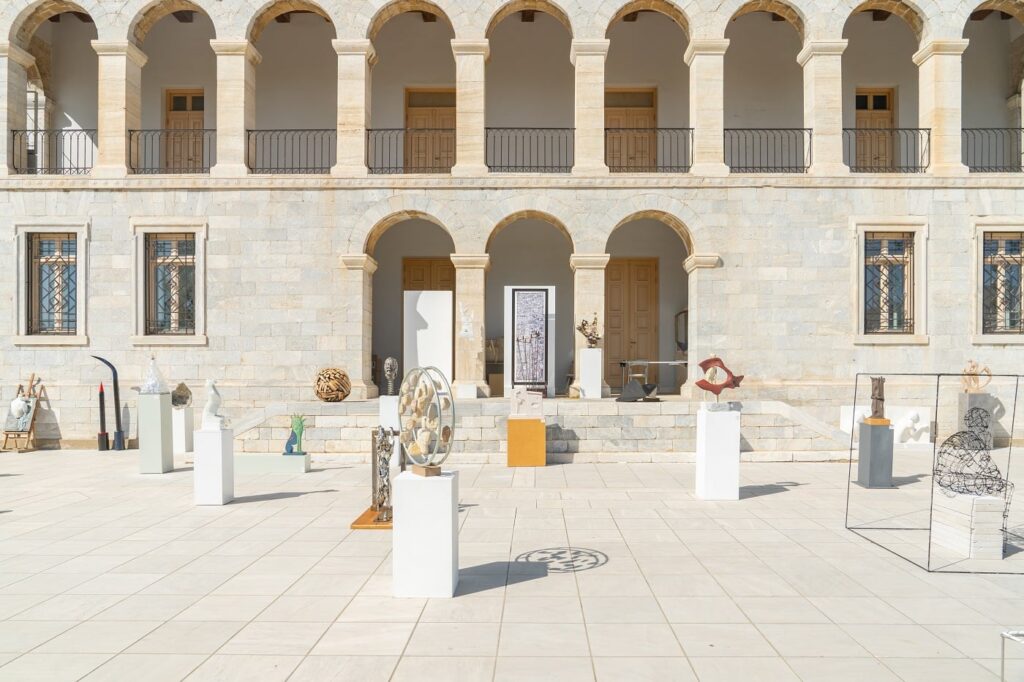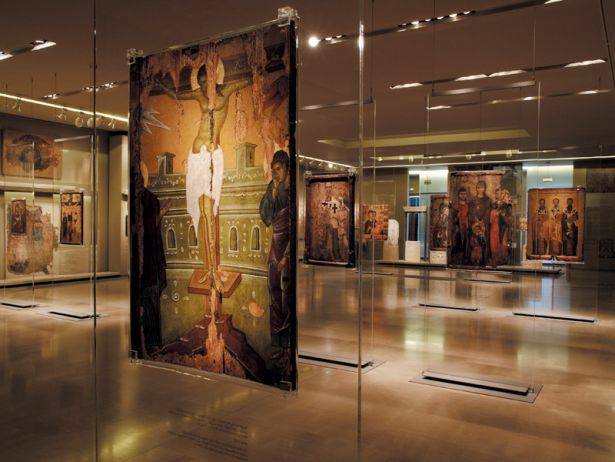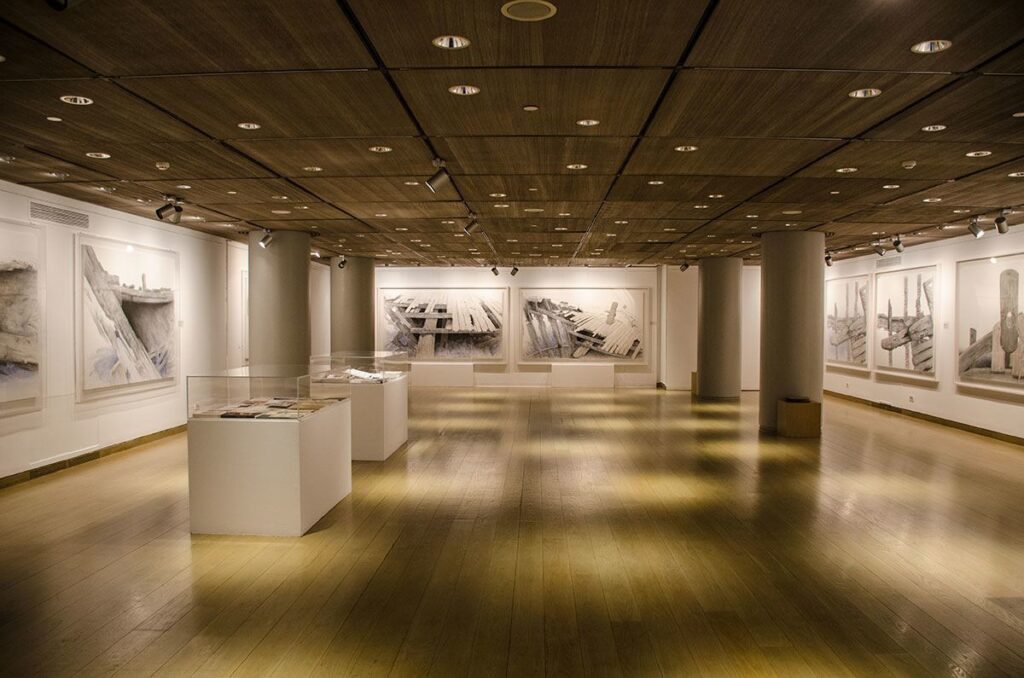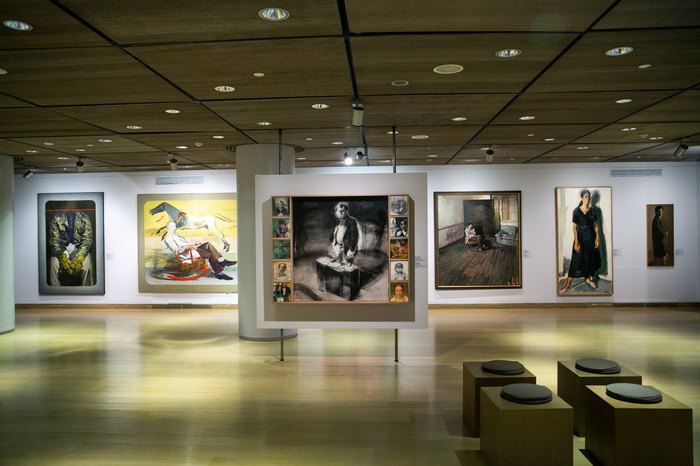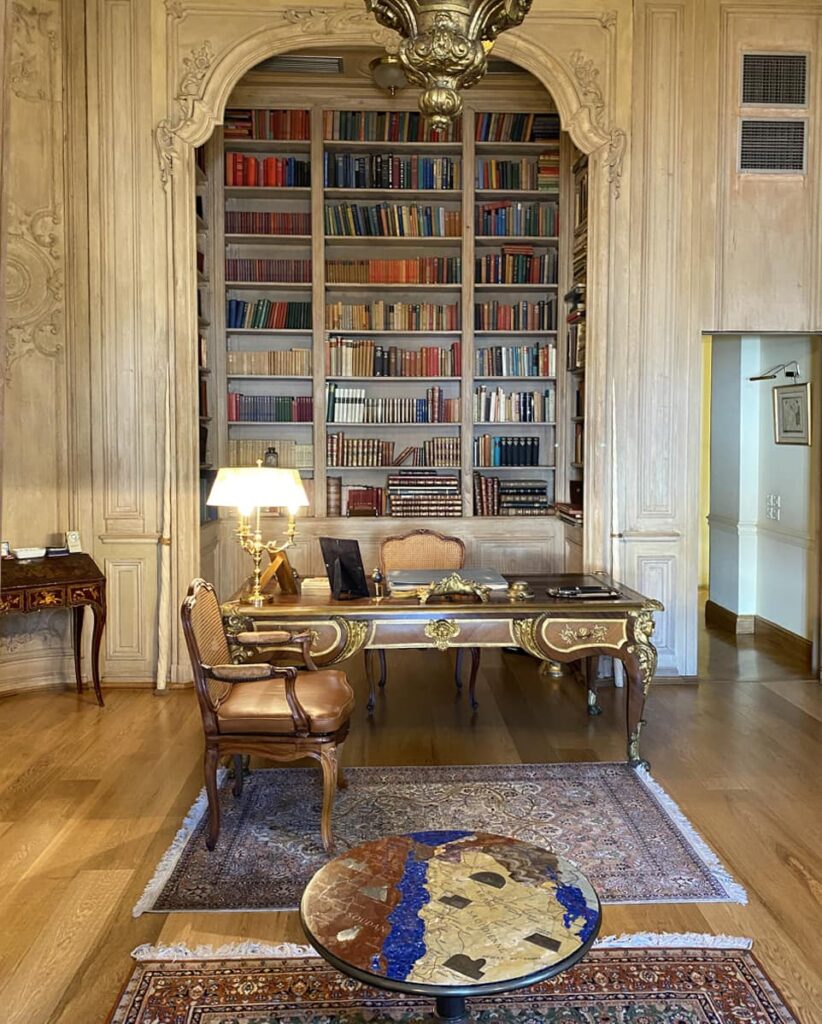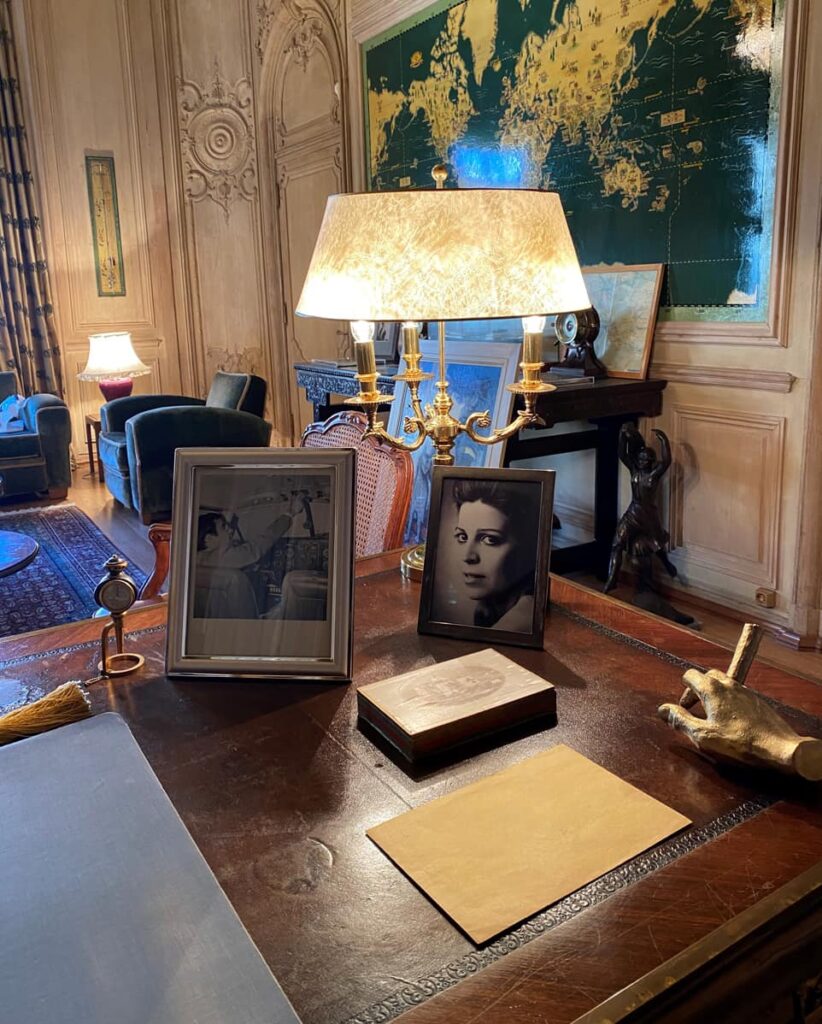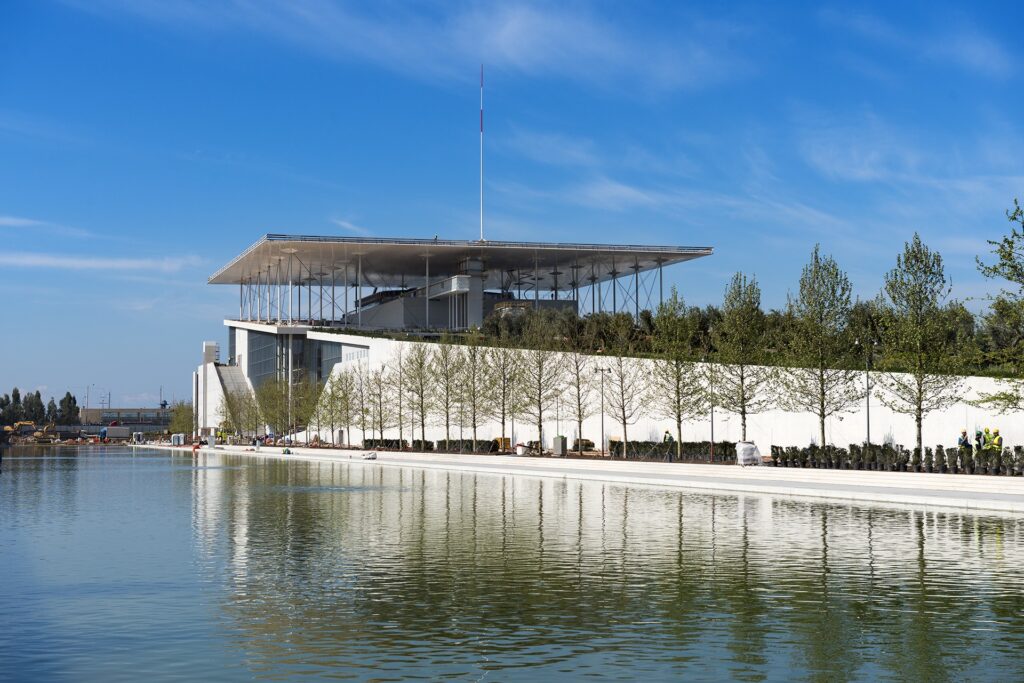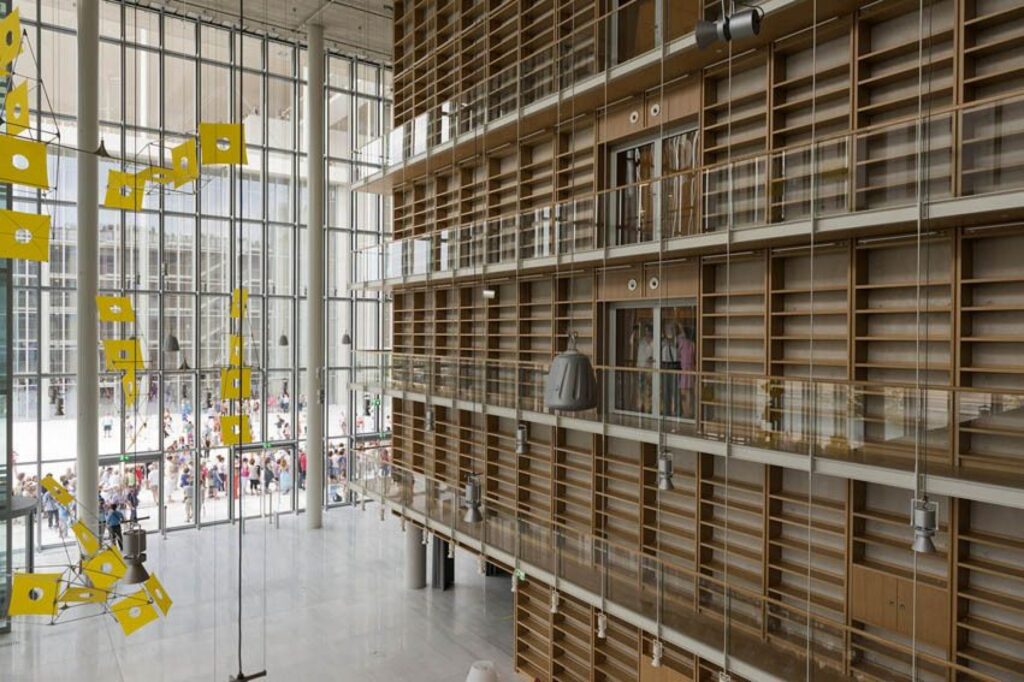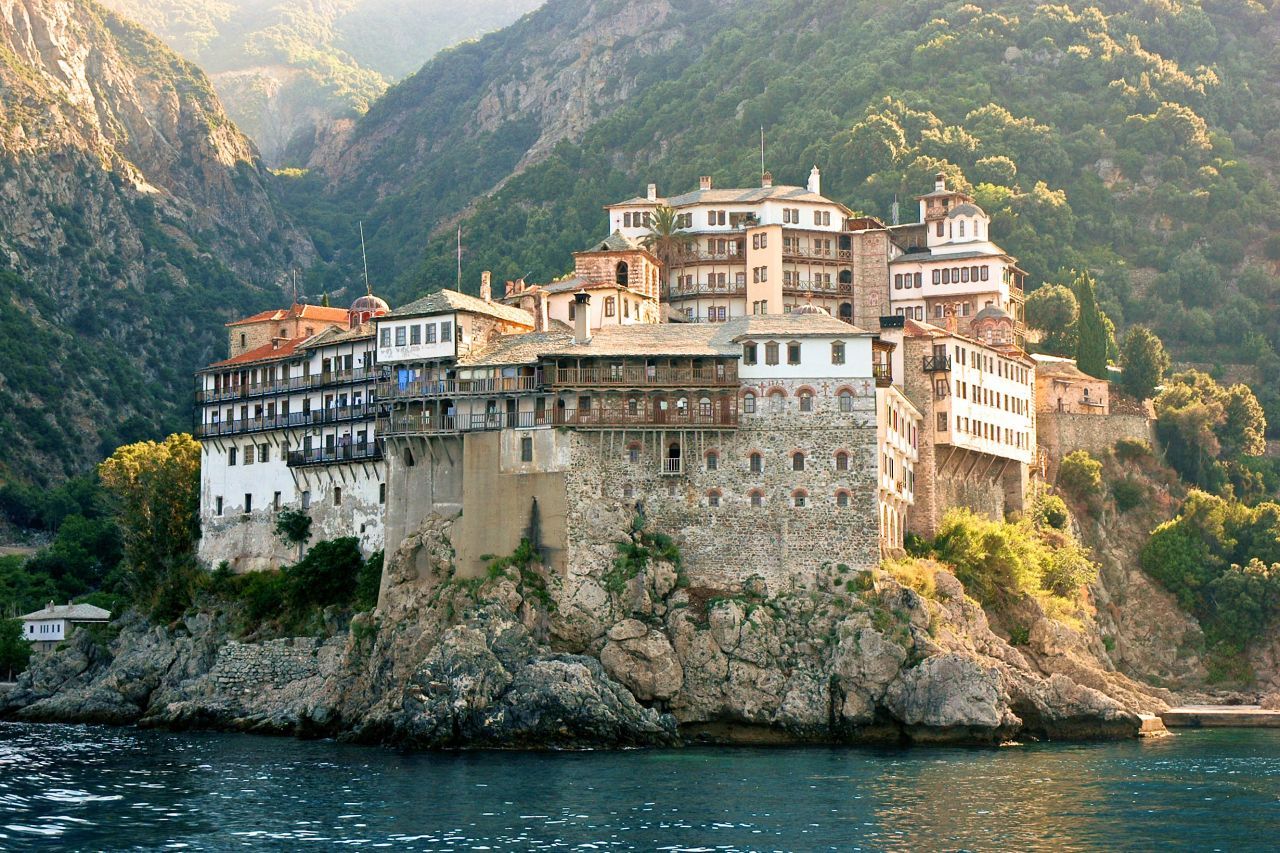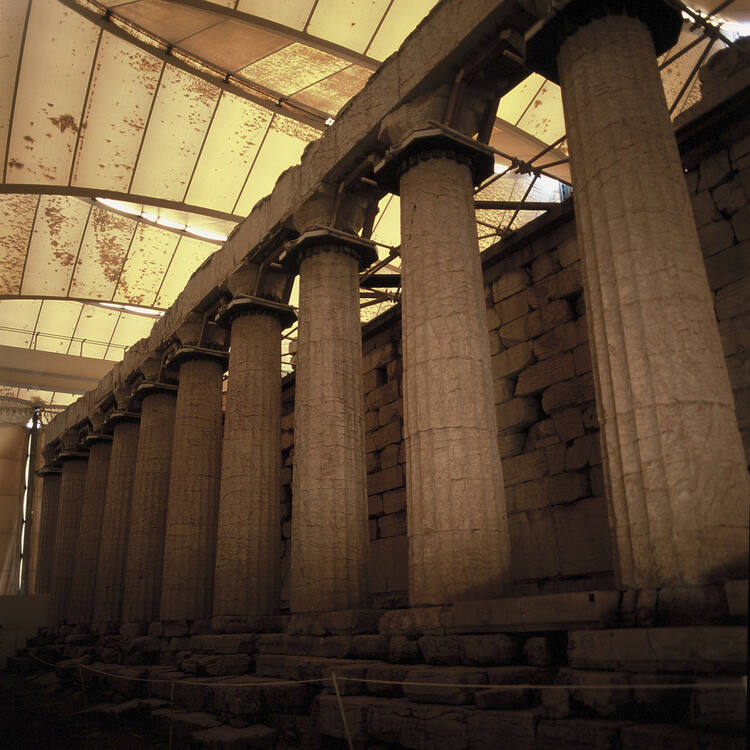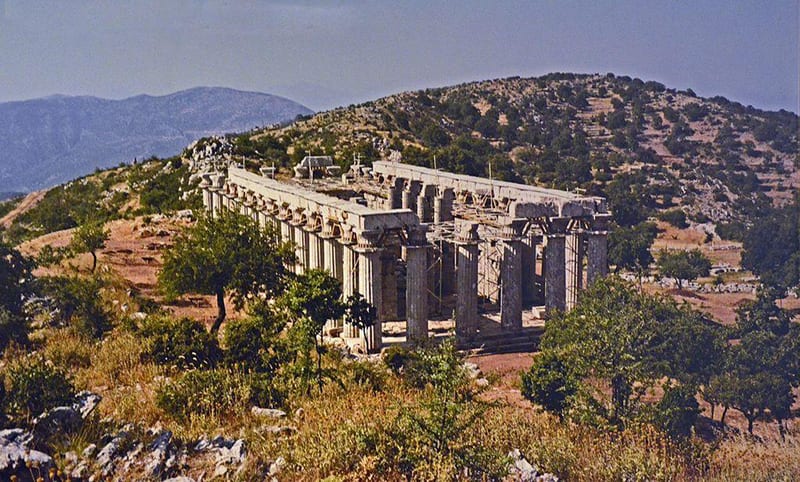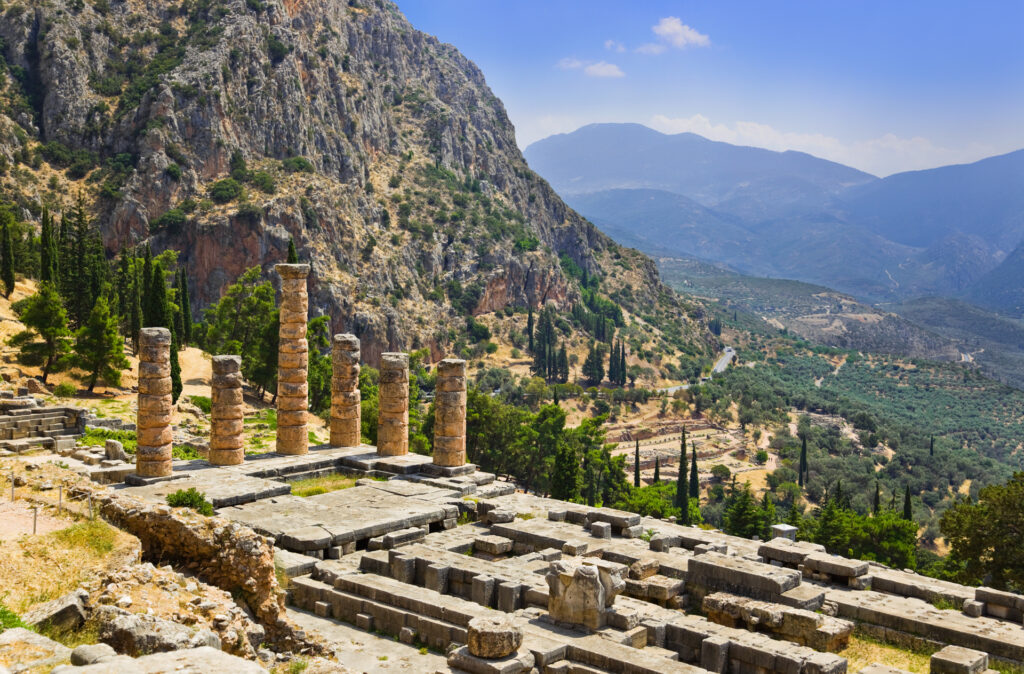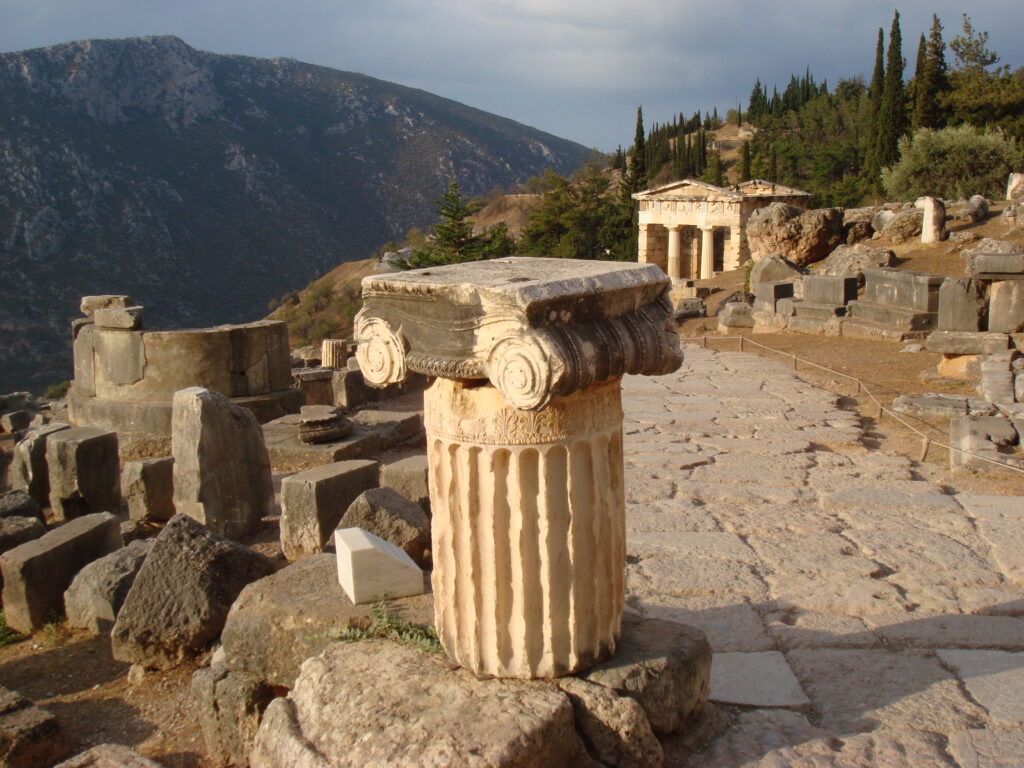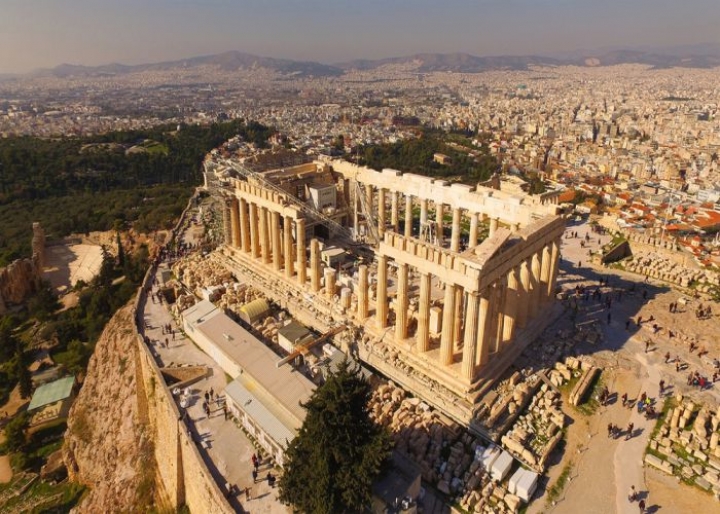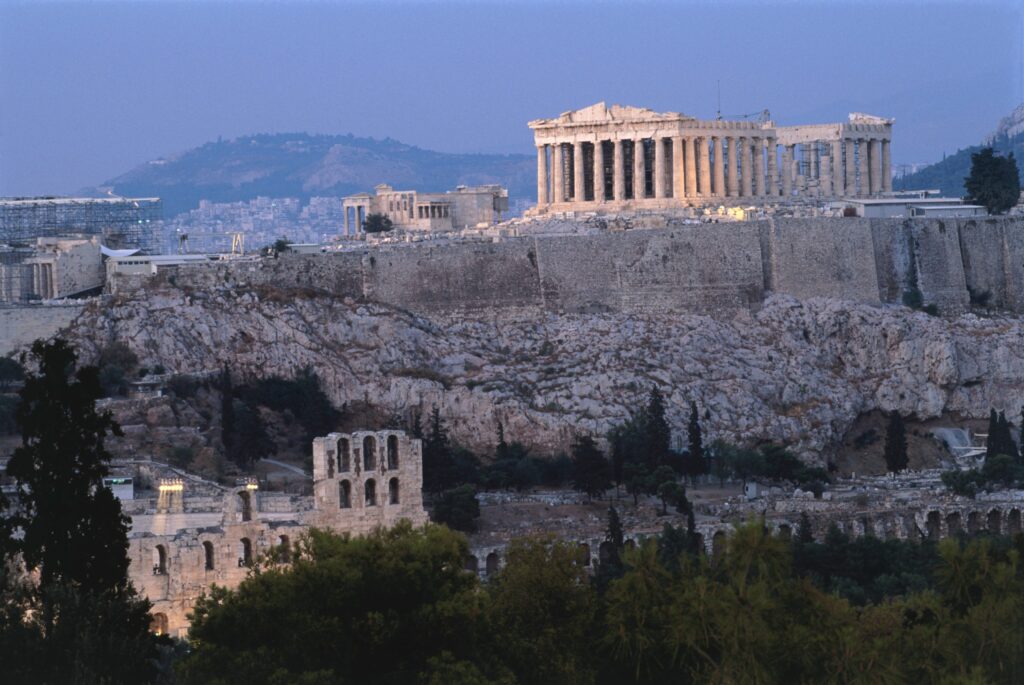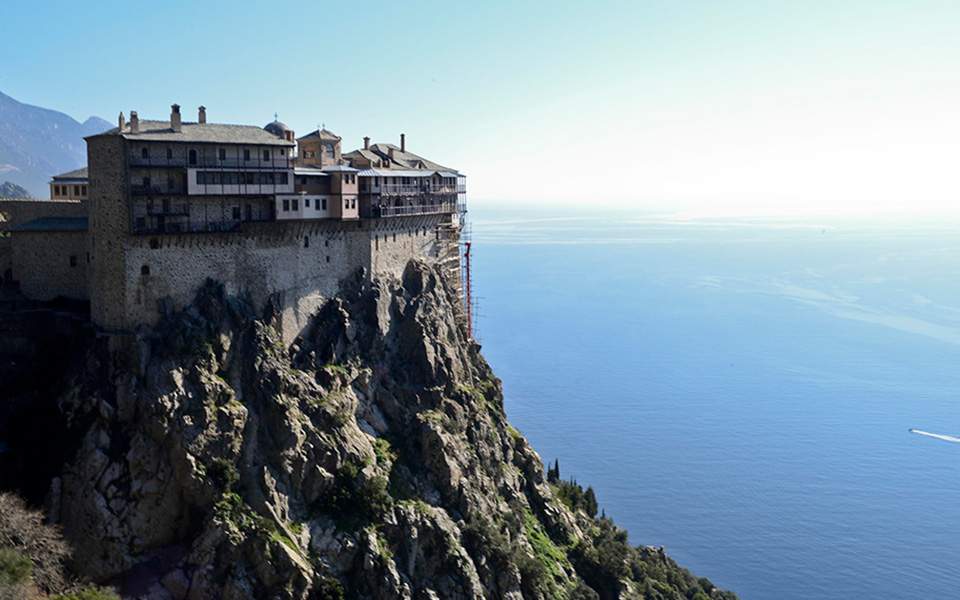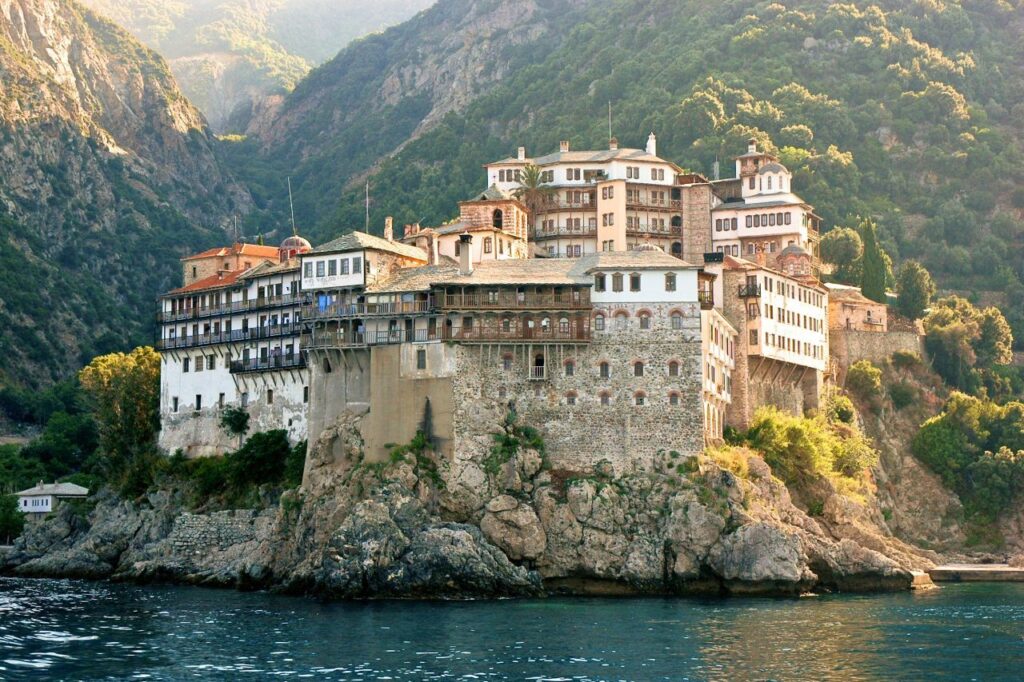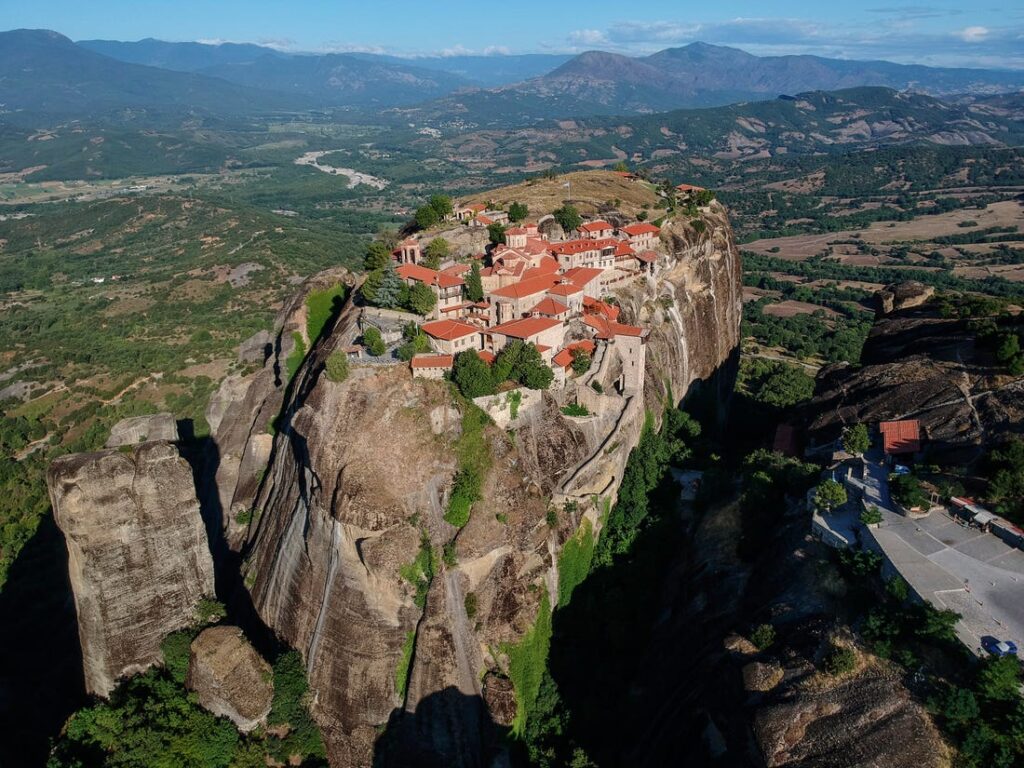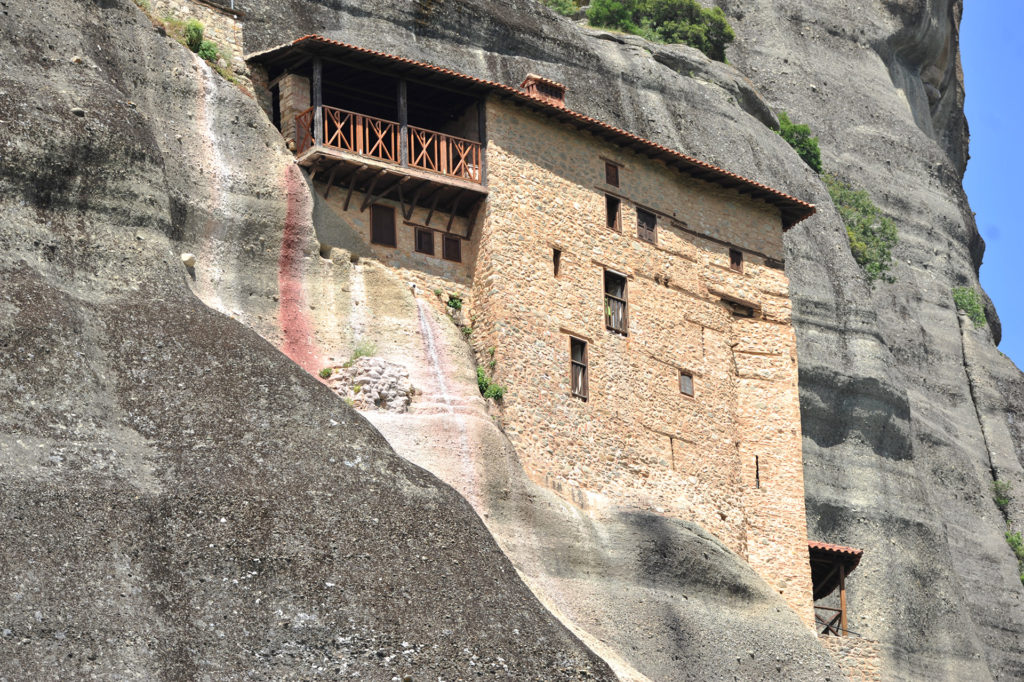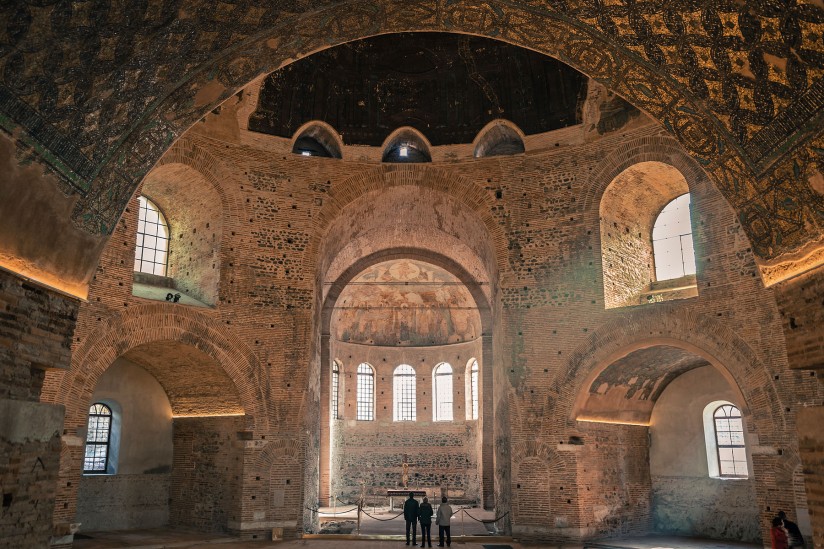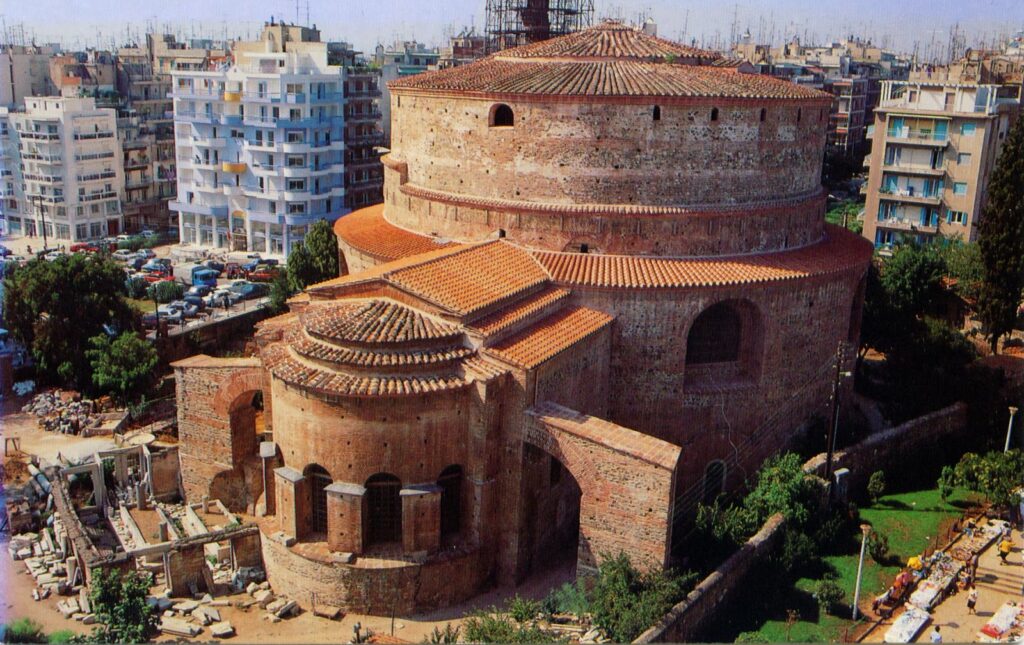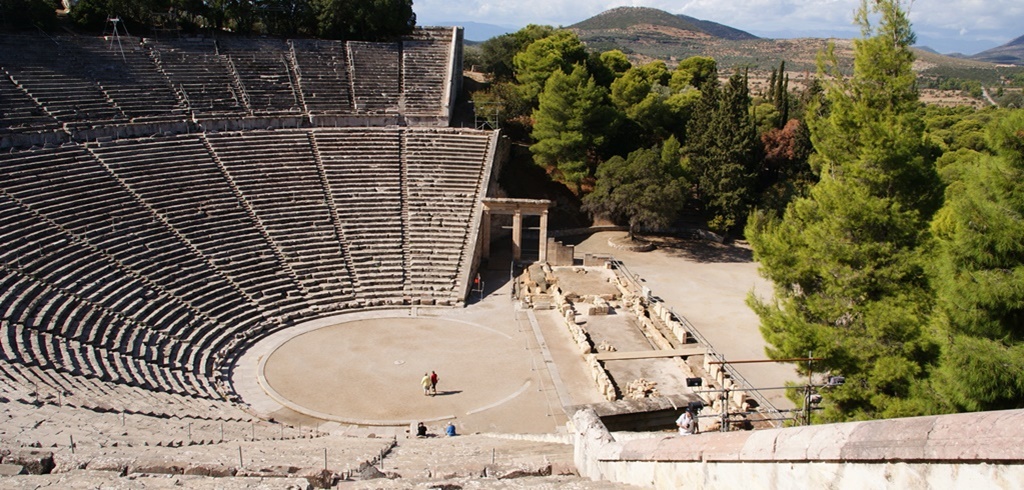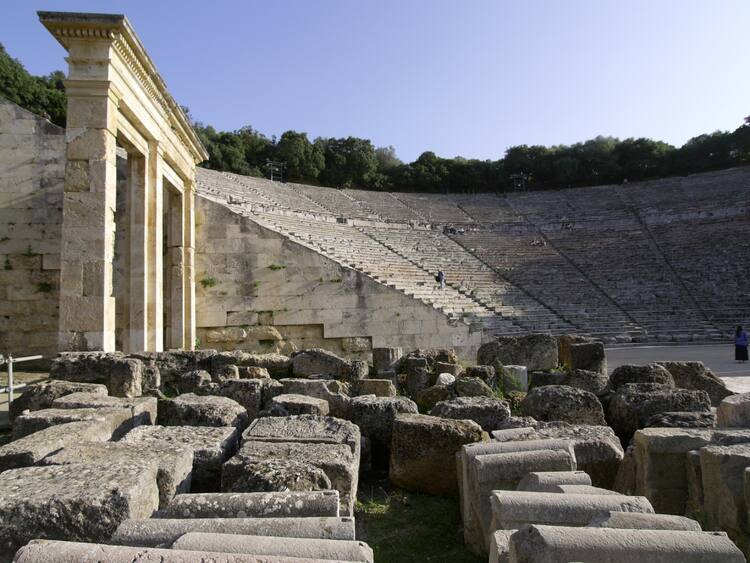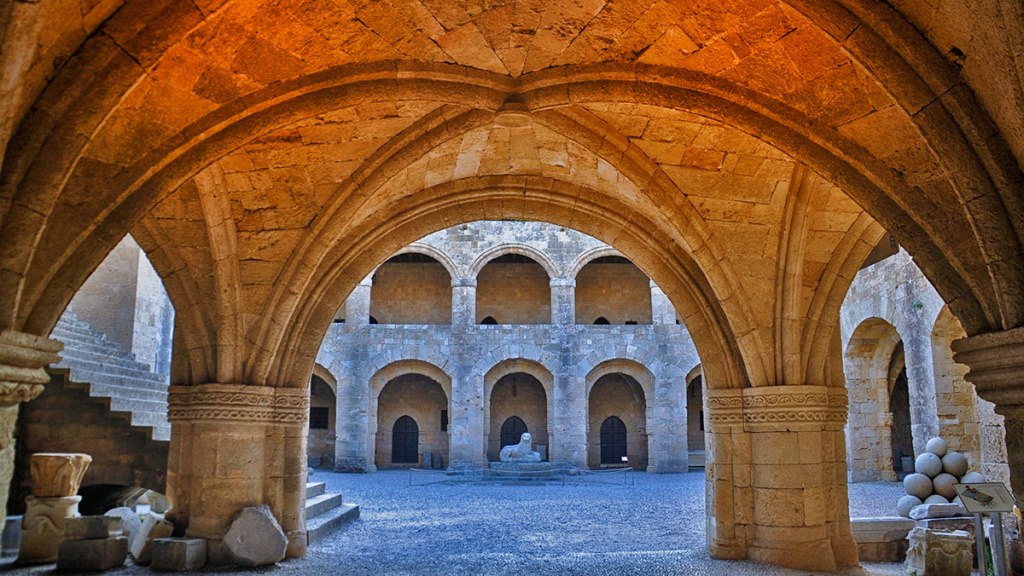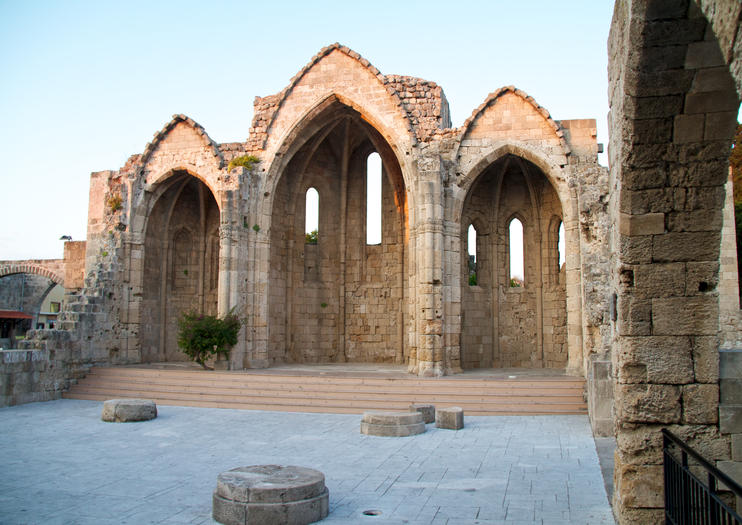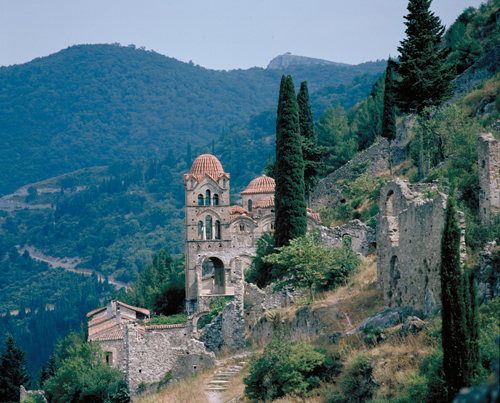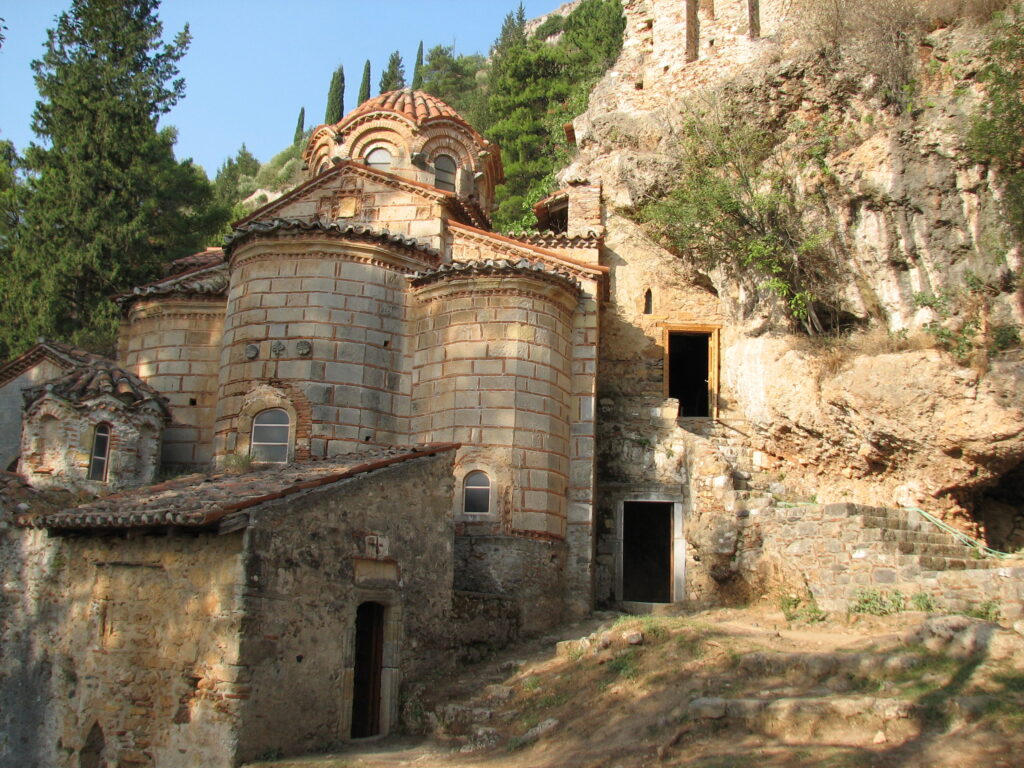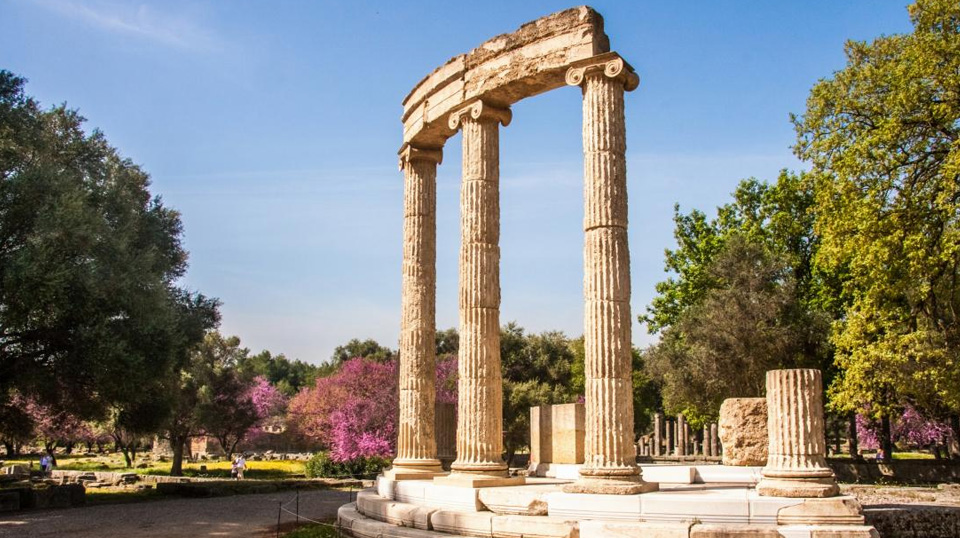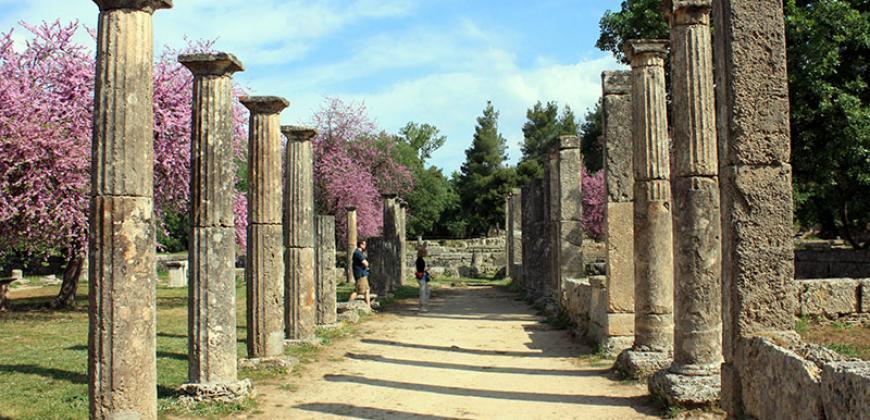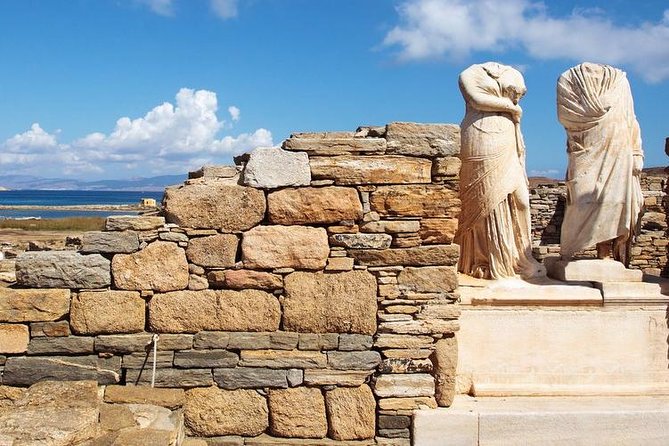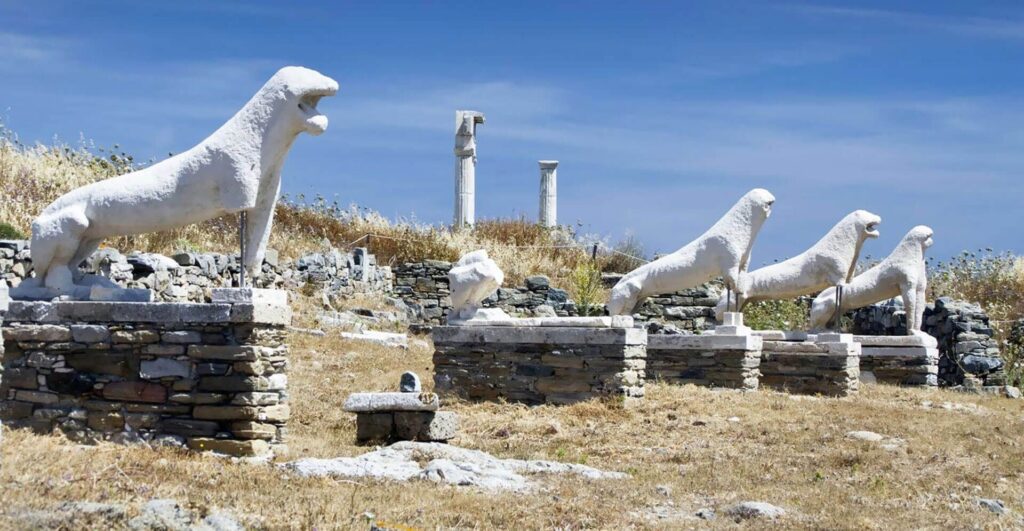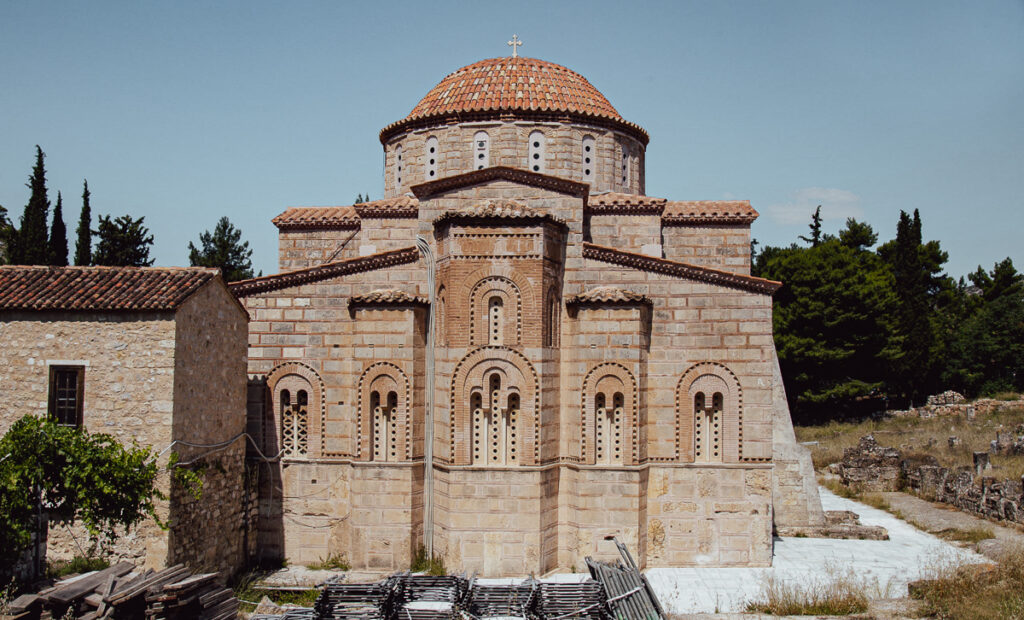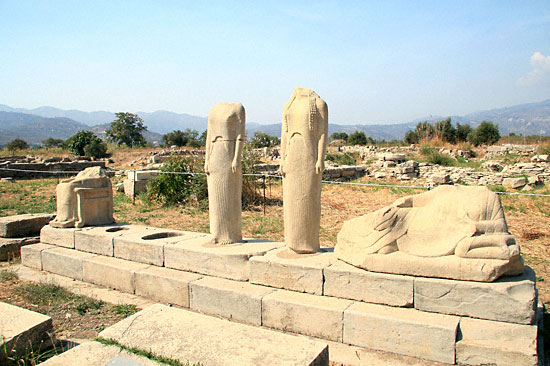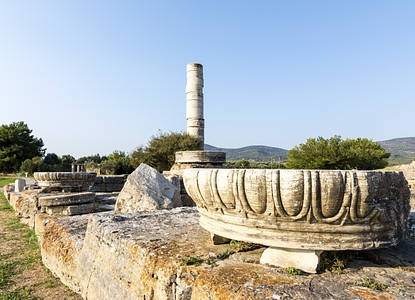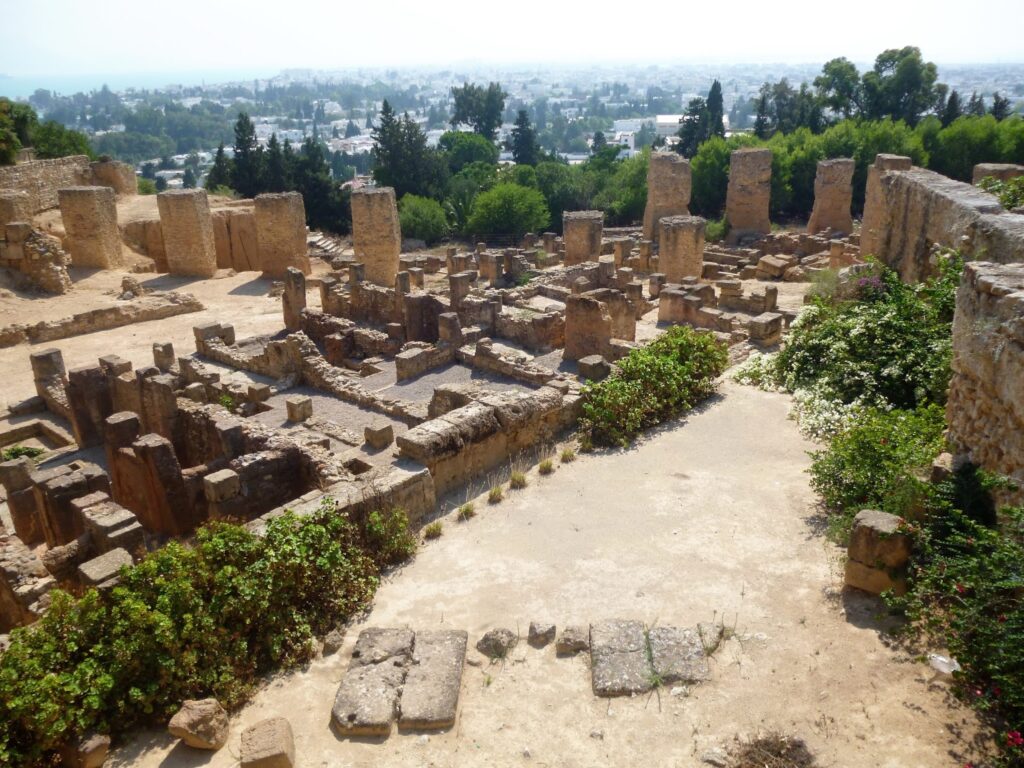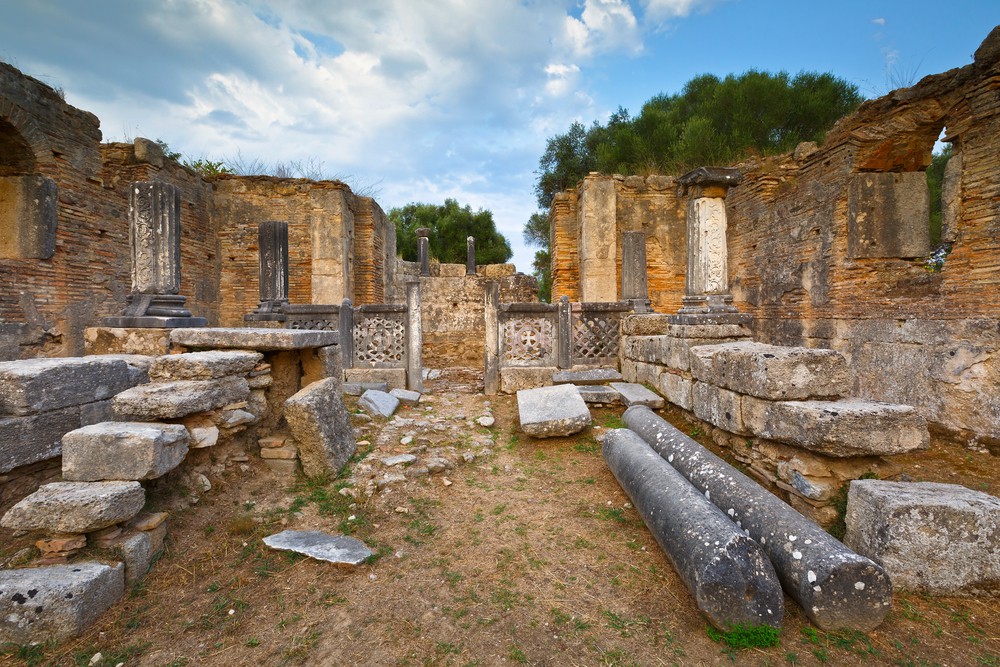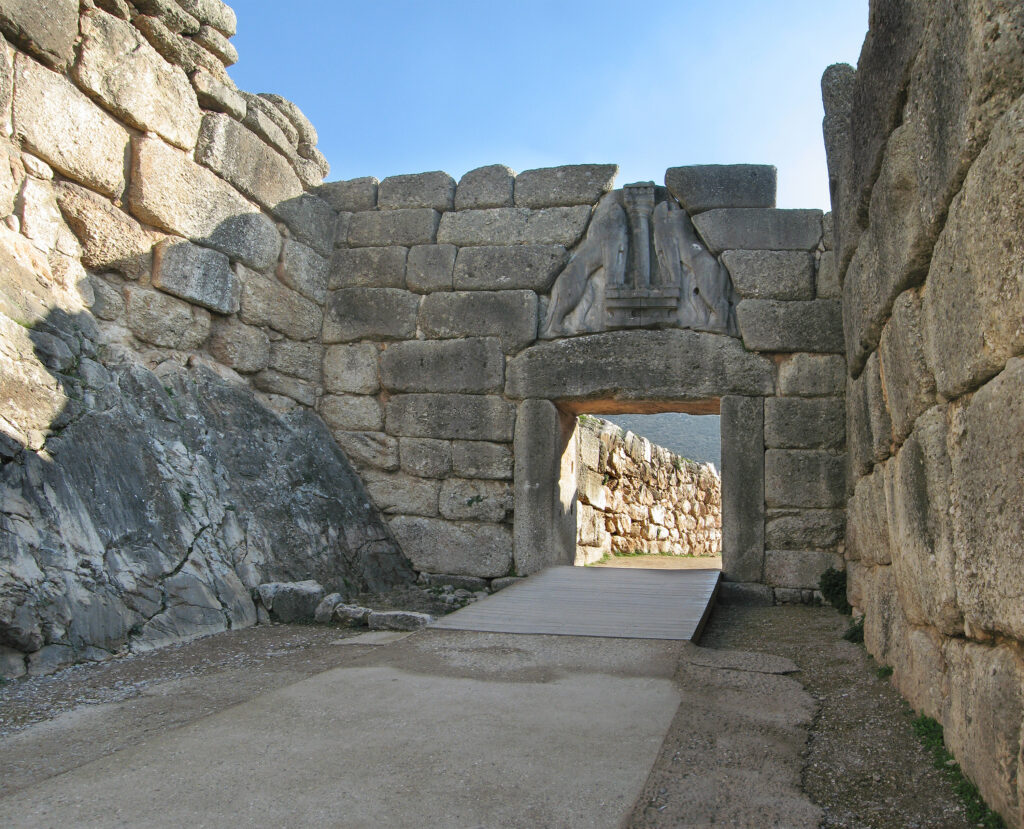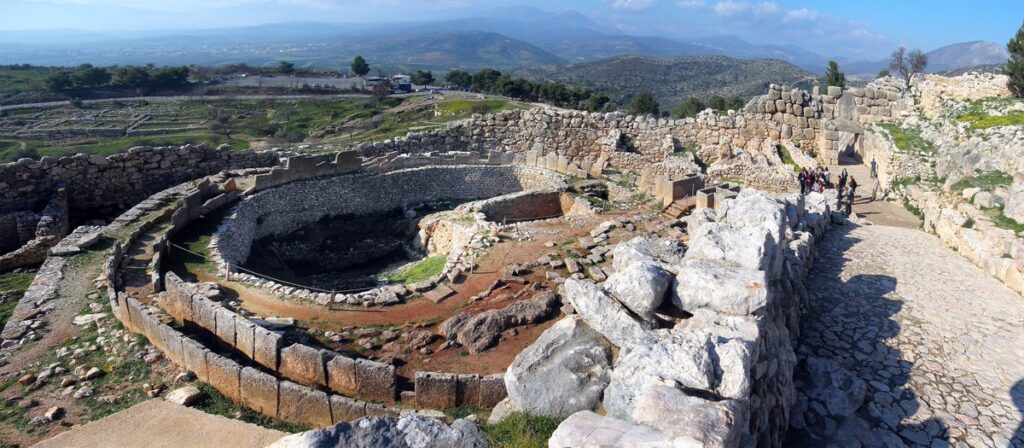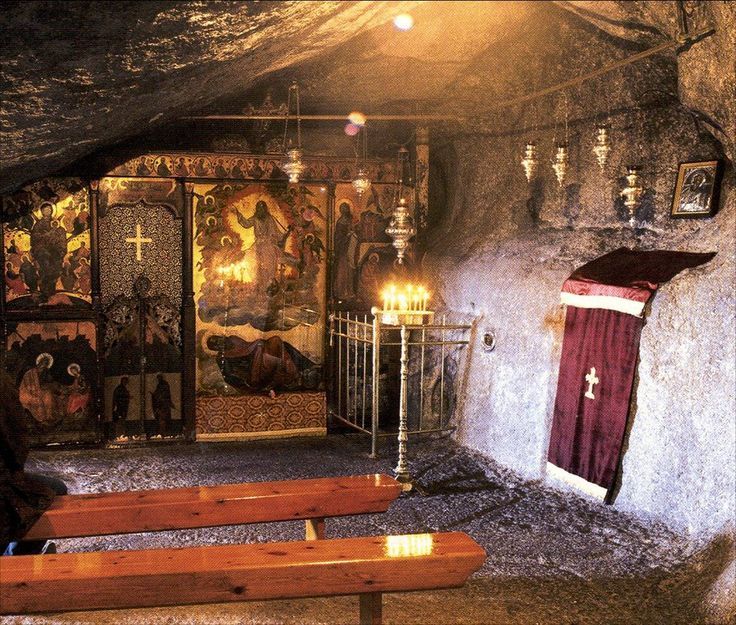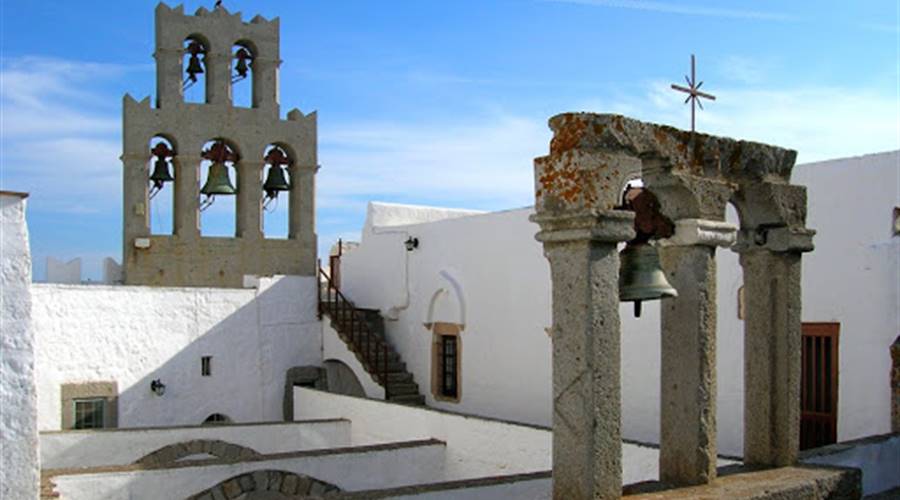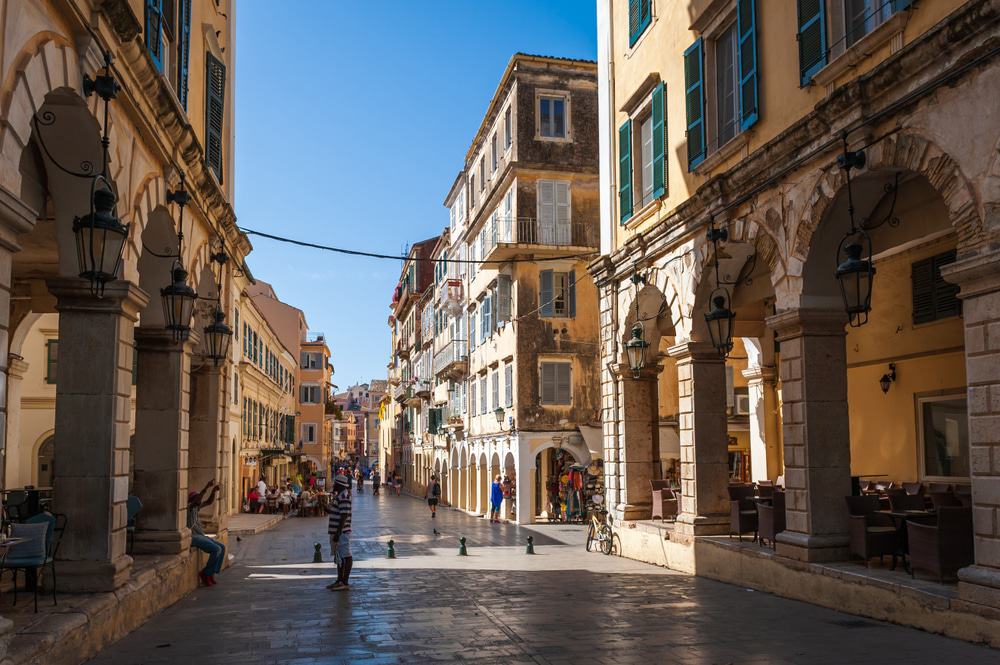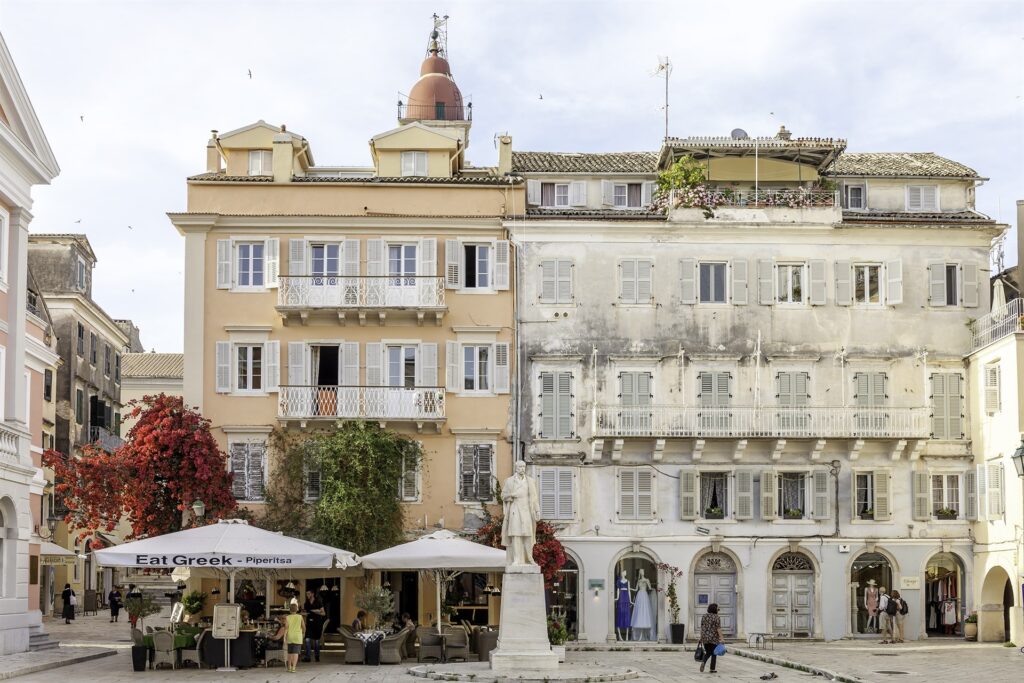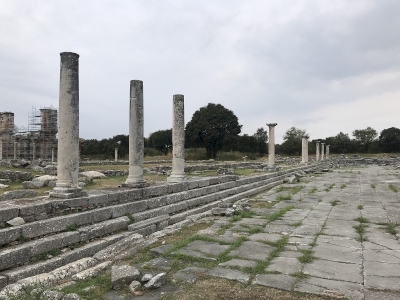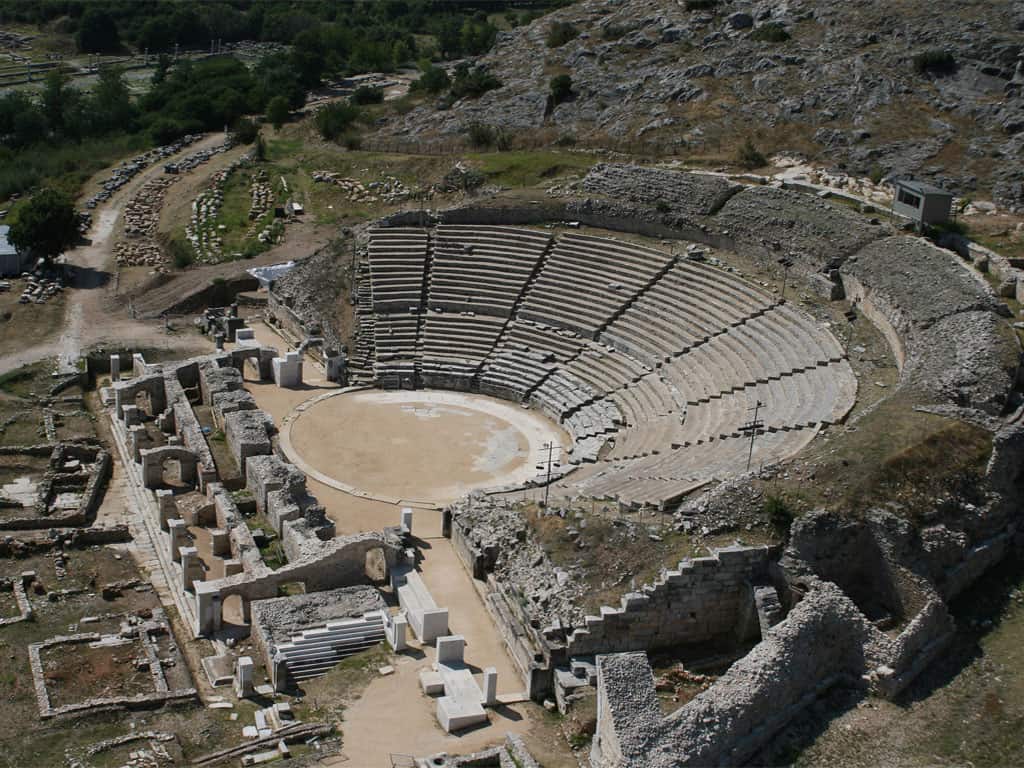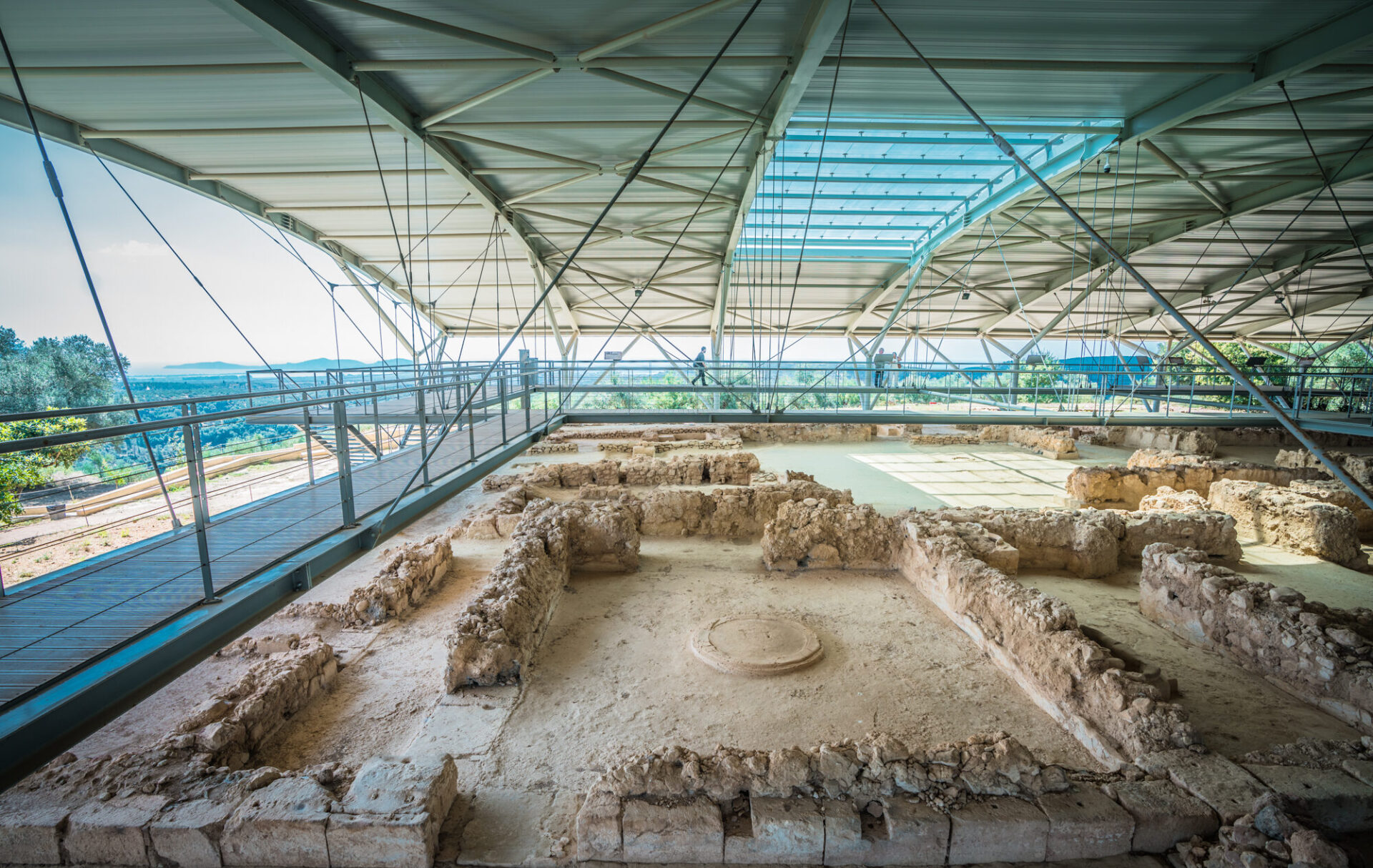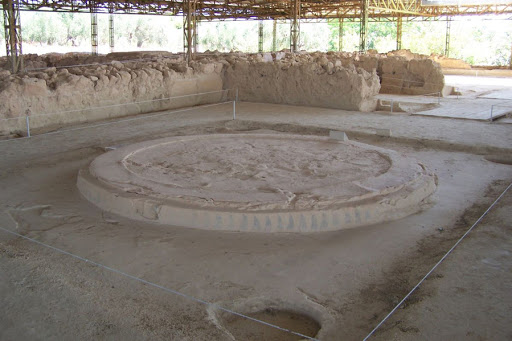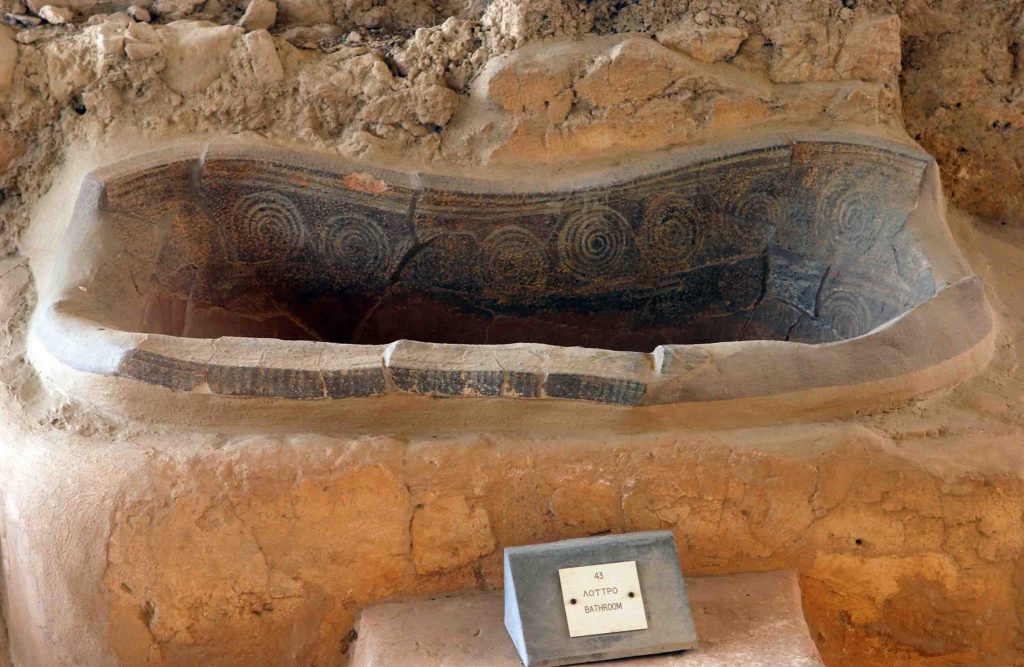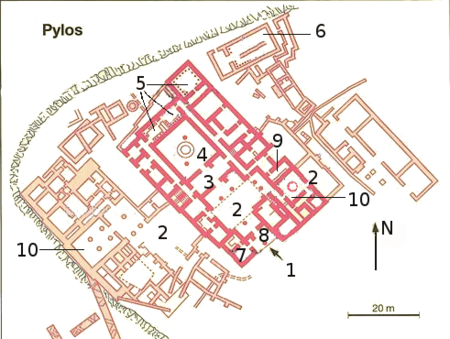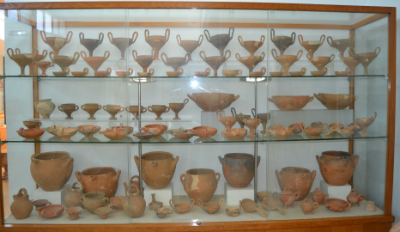Athens has some of the world’s best museums and cultural centres. And with so many amazing classical and modern ones to choose from, we have rounded up 10 unmissable cultural spots for your next visit to the Greek capital.
Benaki Museum
The Benaki Museum of Greek Civilization was founded by Anthony Benakis and donated to the Greek state in 1931. Here you will find a wonderful collection of Greek art and material culture in a geographical and evolutionary context, from prehistory to the present. There is a curated selection of ceramics, sculpture, and jewellery in Geometric, Archaic, Classical, Hellenistic, Roman, and Byzantine collections.
Numismatic Museum
The Numismatic Museum in Athens is one of the most important museums of Greece and houses one of the greatest collections of coins (ancient and modern) in the world. The museum itself is housed in the former mansion of Heinrich Schliemann, the famous archaeologist, formally known as Iliou Melathron.
-
-
@joysofmuseums
Museum of Cycladic Art
The Museum of Cycladic Art in Kolonaki was inaugurated in 1986, features a 5,000-year-old artwork collection from the Cyclades Islands. It also displays countless pieces of art from Cyprus and Ancient Greece. Scattered over four floors, the exhibitions contain varied objects, all of which are displayed with information, making the visit even more interesting.
National Archaeological Museum
The National Archaeological Museum of Athens is the largest archaeological museum in Greece and one of the most important museums in the world; devoted to ancient Greek art. It was founded at the end of the 19th century to house and protect antiquities from all over Greece; displaying their historical, cultural and artistic value.
Museum of Greek Folk Musical Instruments
Housed in an elegant nineteenth-century mansion erected in 1840, the Museum of Greek Folk Musical Instruments displays nearly 1,200 unusual instruments, dating from the 18th century to the present day; highlighting half-century of research and study by the famous musicologist Fivos Anoyanakis.
Acropolis Museum
The Acropolis Museum, one of the most important museums in the world, houses the findings of only one archaeological site, the Athenian Acropolis. The museum was built to feature every artifact found on the rock and on the surrounding slopes, from the Greek Bronze Age to Roman and Byzantine Greece.
Byzantine and Christian Museum
This is one of Greeces national museums, which houses over 25,000 artifacts that relate to Early Christian, Byzantine, Medieval, post-Byzantine, and later periods. The pieces date from between the 3rd and 20th century AD and their provenance encompasses the entire Greek world, as well as regions in which Hellenism flourished.
Theocharakis Cultural Foundation
The creation of the B. & M. Theocharakis Foundation for the Fine Arts and Music was an important development in the cultural life of Athens. Founded by Basil and Marina Theocharakis in 2004, it’s located opposite the Parliament, in the heart of the cultural, political, and commercial centre of the Greek capital. A café-restaurant, museum shop, and foyer with exhibition and display facilities are also open to the public.
Onassis Cultural Centre (OCC)
Onassis Cultural Center (Stegi) is a centre of arts in Athens created by the Onassis Foundations. With its productions and exhibitions, the OCC is a place of theatre, performance, dance, music, cinema, design, exhibitions, conferences, and lectures. It also hosts various festivals with local and international artists. The building itself is beautiful and on the roof terrace, you can visit the restaurant that offers a magnificent view of Athens.
Stavros Niarchos Foundation Cultural Centre (SNFCC)
The Stavros Niarchos Cultural Centre opened up a few years back and has since become the most popular cultural spot for locals and international guests who come to see this sustainable, world-class cultural, educational, and recreational urban complex that includes a prestigious National Library of Greece and the Greek National Opera, located within the Stavros Niarchos Park; an ideal place to spend the day with the family or friends.

